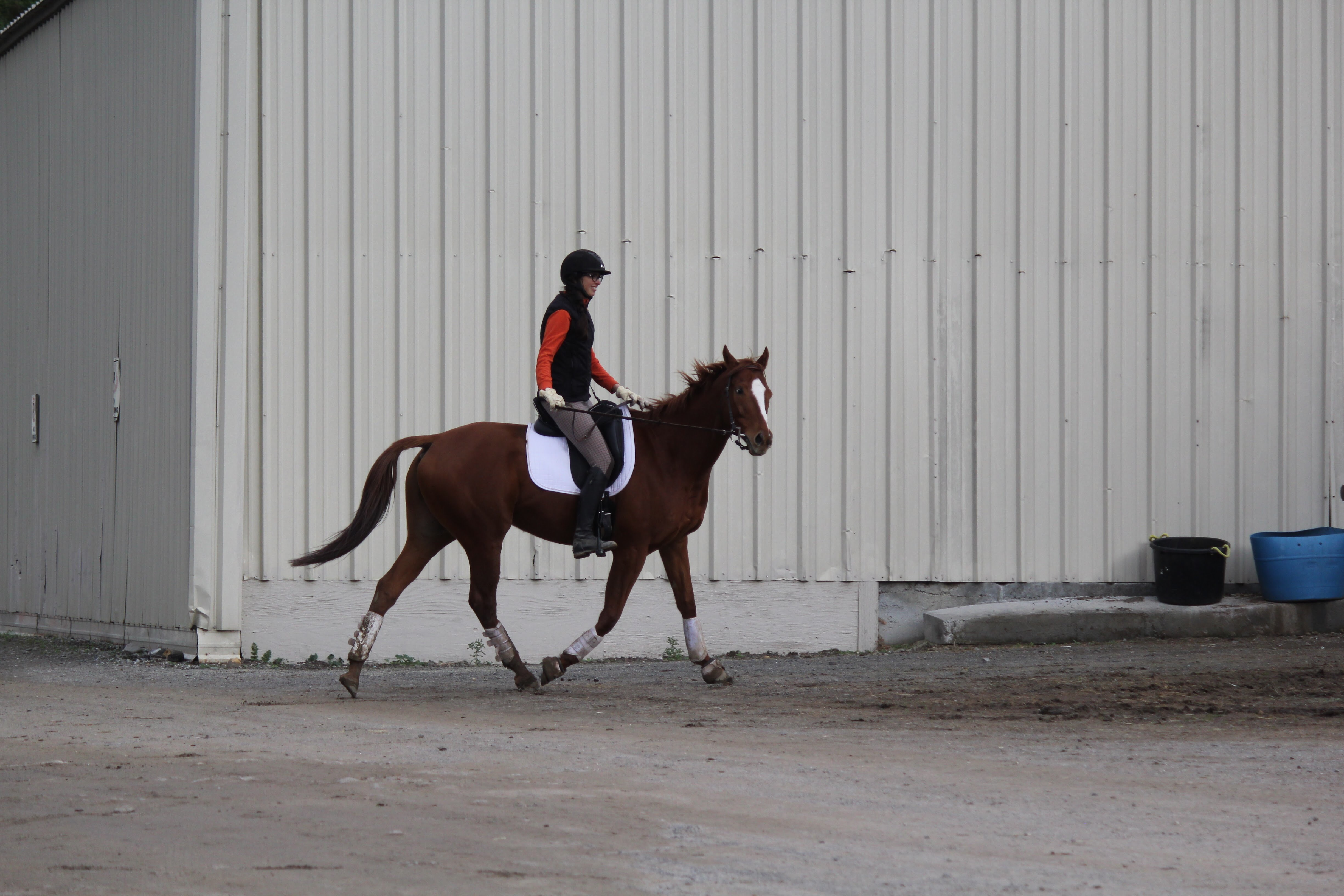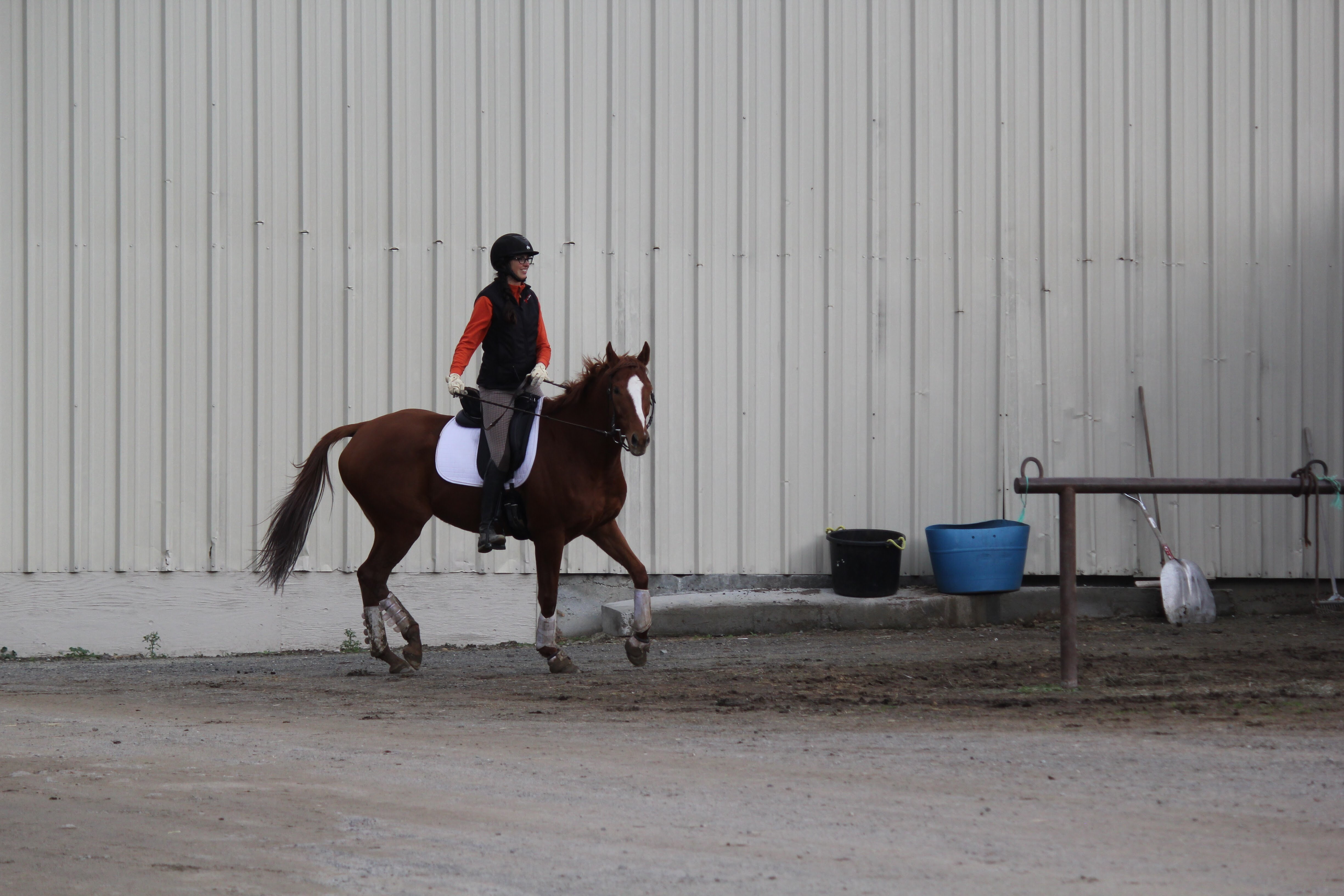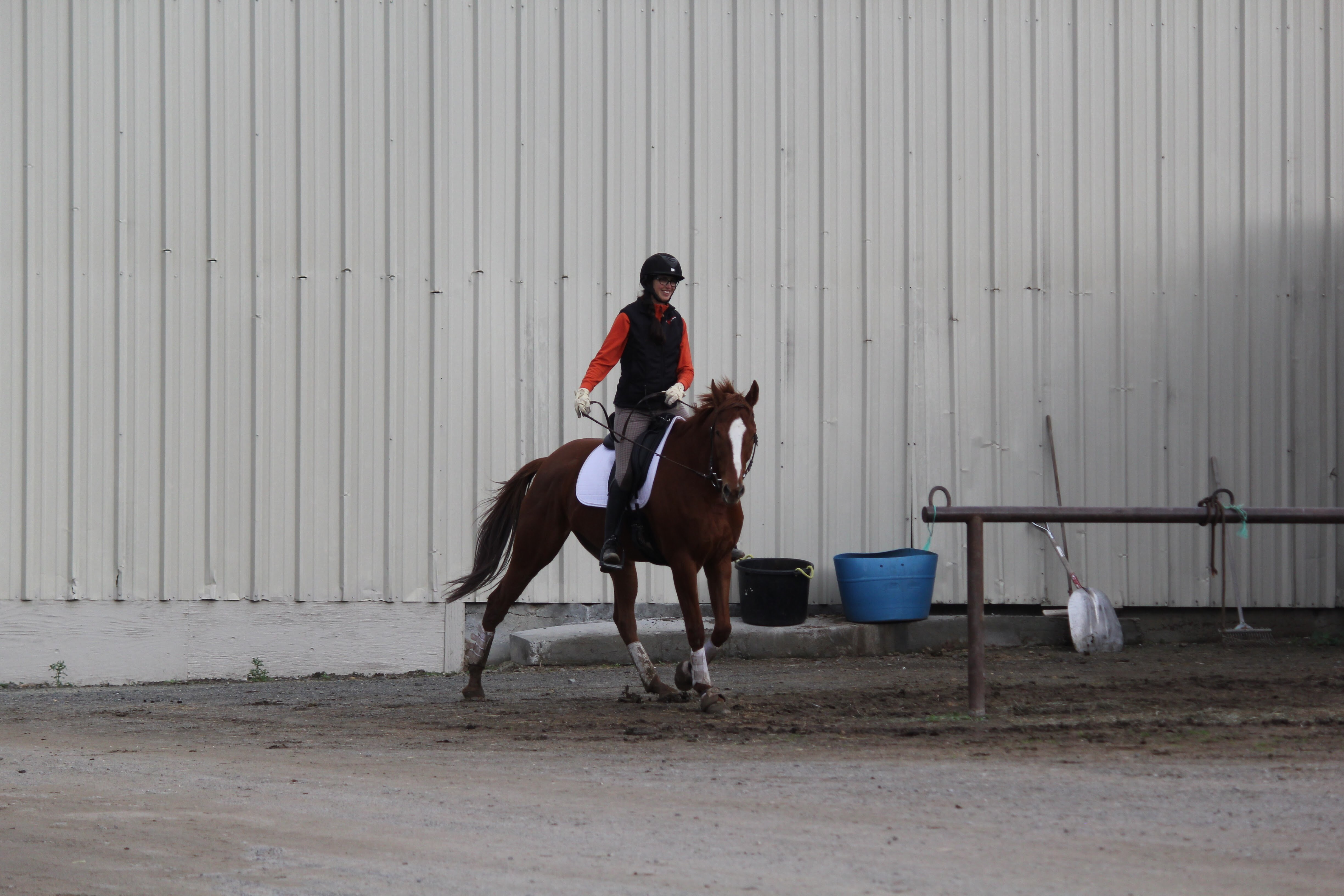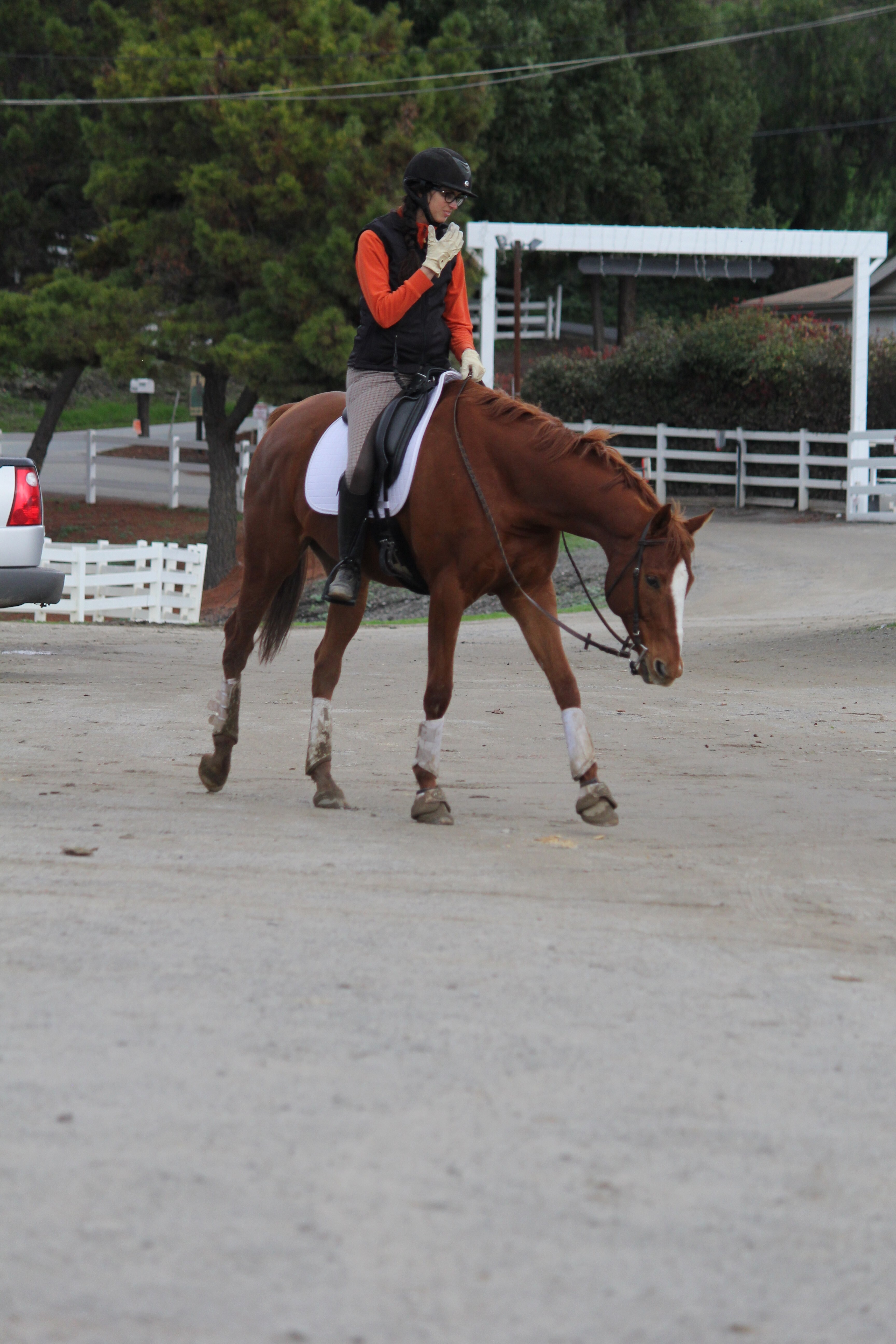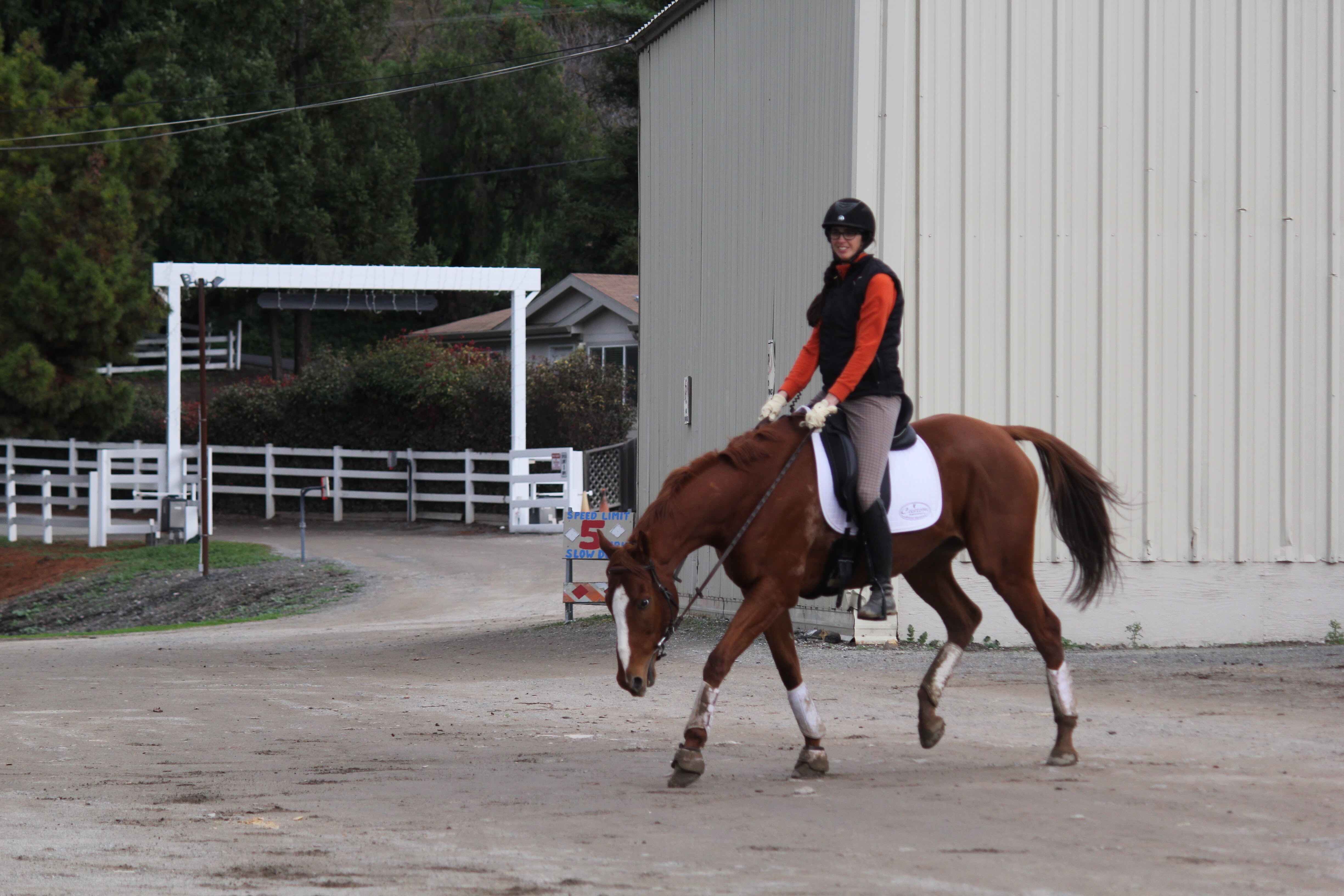Blue and Corny got shod yesterday for the first time since they’ve been in training with me. The experience didn’t go as I thought it would, and I see opportunities to improve upon it with proper training. Blue was fine, Corny had a tough time. This post is going to serve as my post-mortem document so Corny can be better prepared next time.
Our horses get their farrier work done in a separate set of cross ties in what we call the farrier shed. I kept meaning to get the brothers over there to practice standing in that set of cross ties, but I never quite got around to it. You’d think with all the standing around training that I do, that I would have made it over there.
In any case, Corny took to the cross tieing portion of his shoeing experience like a champ. A win for crosstie training! We got to the appointment 5 minutes early so we could watch the older horse in front of us behave as a good example. Corny started stressing with his mouth almost as soon as he was tied up. By the time Fernando pulled his shoes, he was beginning to shake.
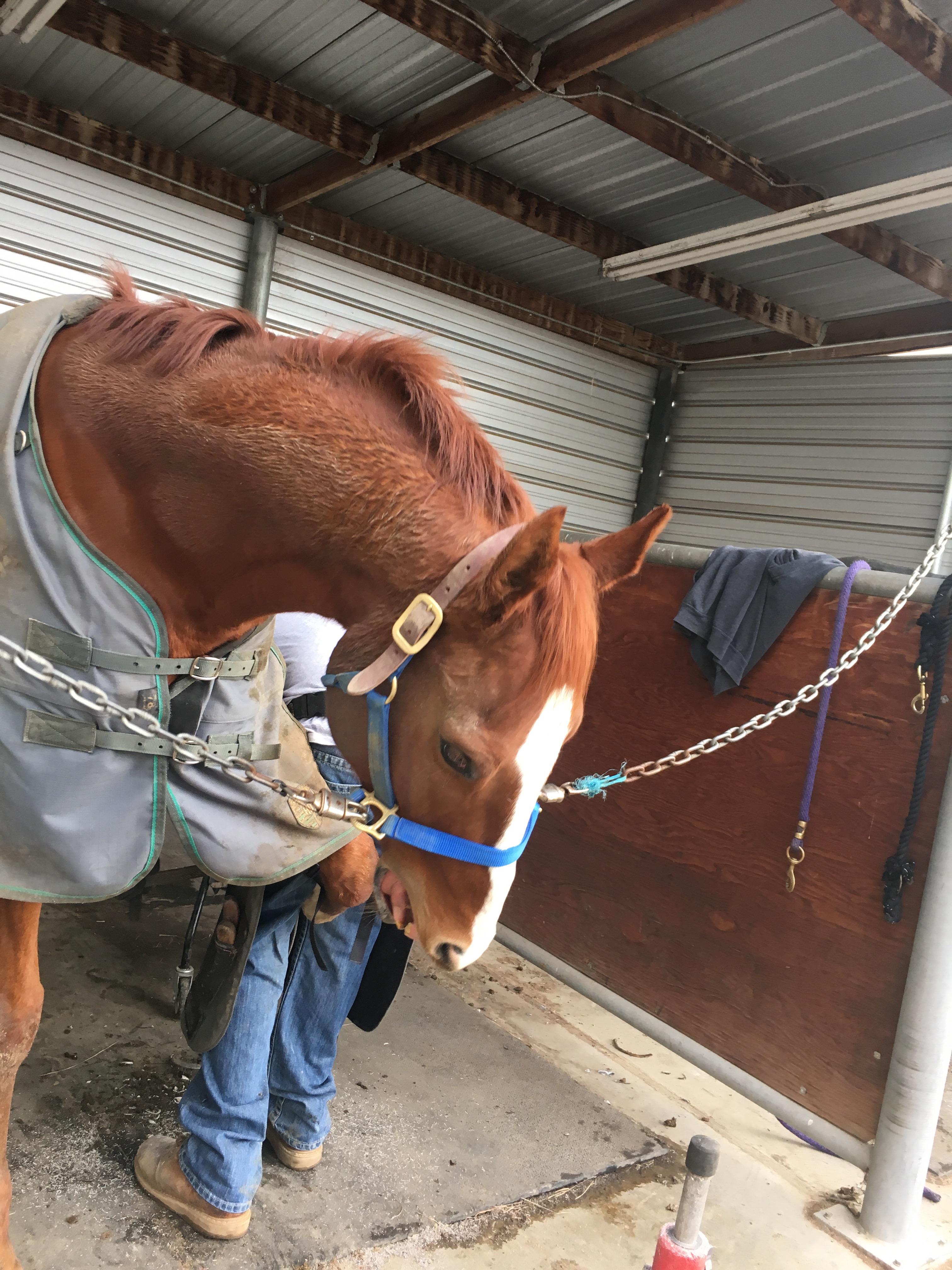 Corny’s stressed out tongue acrobatics
Corny’s stressed out tongue acrobatics
Fernando and I were patient and reassuring with Corny. I took Corny out of the cross ties and held him. I lowered his head a few times to place him in a posture of relaxation. I did the one T-touch I know. I kept the older horse that had just finished his shoeing appointment around as a buddy. Despite all of this, Corny was increasing the intensity of which he was yanking his feet away from Fernando. By the time Fernando had finished trimming and rasping Corny’s feet, Corny was striking out with his front feet. All of our efforts to help Corny relax weren’t working, so I had to think of a way to get the job done.
So I turned to drugs. I very rarely sedate horses, but I do keep some Acepromazine around for emergencies. There problem with Acepromazine though, is that it doesn’t really work once the horse is already excited. It was all I had, so I tried anyway. It did practically nothing, but it did give Corny a 30 minutes break.
 Meanwhile, Fernando started working on Blue. This was possibly Blue’s first time being hot shoed. Don’t worry Blue, you’re only on fire a little bit!
Meanwhile, Fernando started working on Blue. This was possibly Blue’s first time being hot shoed. Don’t worry Blue, you’re only on fire a little bit!
So in an effort to keep Fernando, Corny, and myself safe, I went to the twitch. I use a humane lip twitch. If you are unfamiliar with how twitching works, you are not alone! I haven’t found any definitive research about why lip twitching works. However, it has been proven to reduce stress in horses during procedures. Check out this scientific study written up in The Horse.
 A blurry photo I took while holding the twitch on Corny’s lip.
A blurry photo I took while holding the twitch on Corny’s lip.
Success! Fernando was able to finish shoeing Corny’s front feet and we didn’t get hurt. We kept the twitch on for trimming his hind feet, but the effects started to wear off as Fernando was finishing up and he had to dodge a couple kicks.
Drugs and twitching are not a substitute for proper training. Corny and I have some homework to do before his next farrier appointment in 8 weeks. Here’s a list of things I will do to prepare for a better experience for Corn Cob.
- Practice standing calmly in the farrier shed. We will try to get Corny to eat some meals in there. Bonus if there is a horse being shod in there at the time.
- More work on foot handling. We took some backwards steps in that department yesterday.
- Work Corny prior to his shoeing appointment. I had intended to work him after his shoeing appointment, but he will be more relaxed if I can work him first..
- Address suspected gastric ulcers.
- Get some more effective sedatives to have on hand from the vet.
For those of you who are regular readers of this blog, here is some homework for you! Check your knowledge of parts of the horse’s foot by seeing if you can name parts 1-9 in the diagram here. Answers will be provided tomorrow, along with some discussion about the brothers’feet.
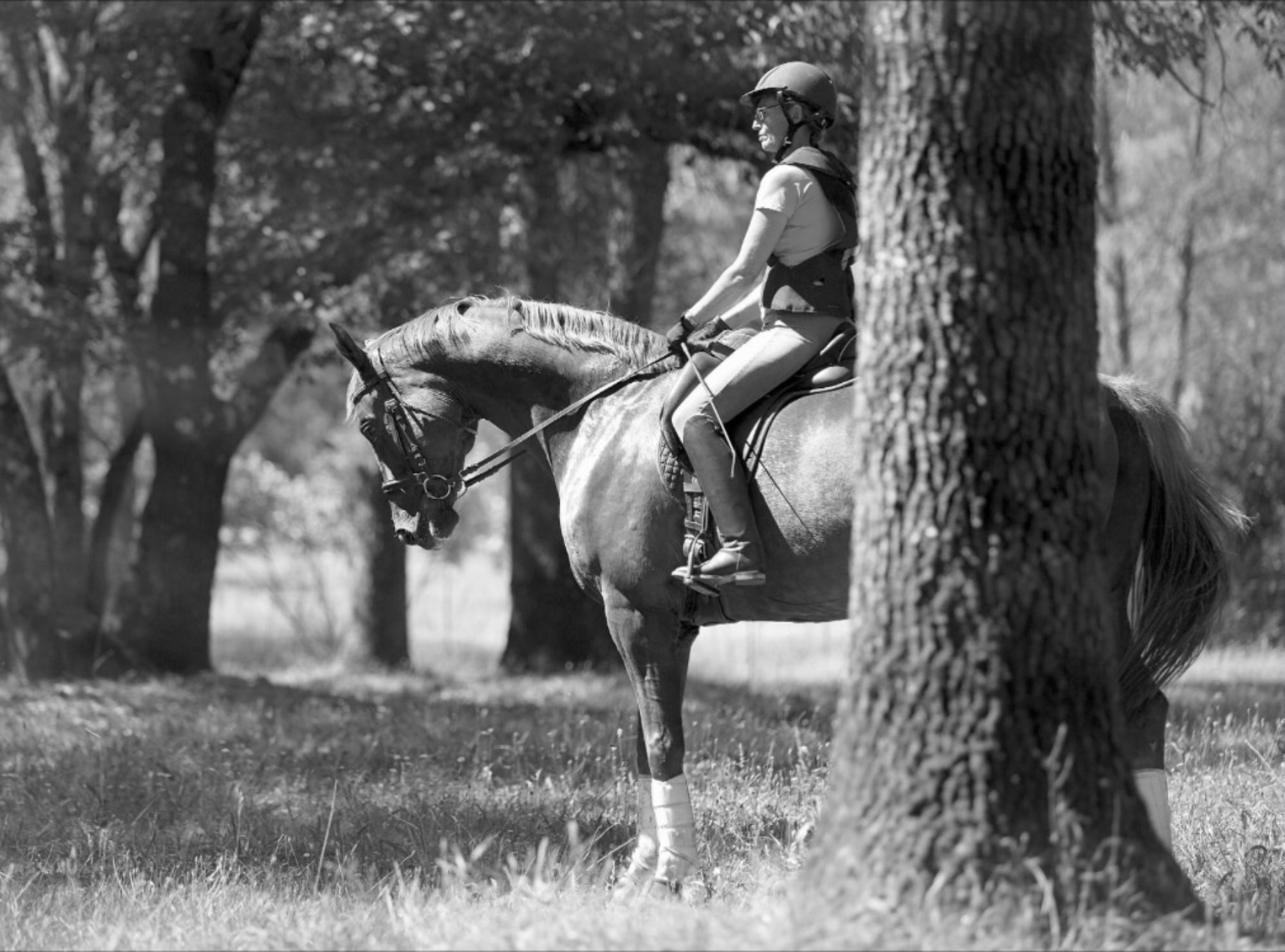
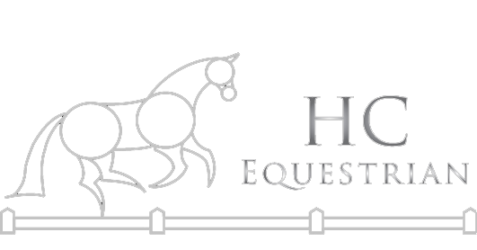
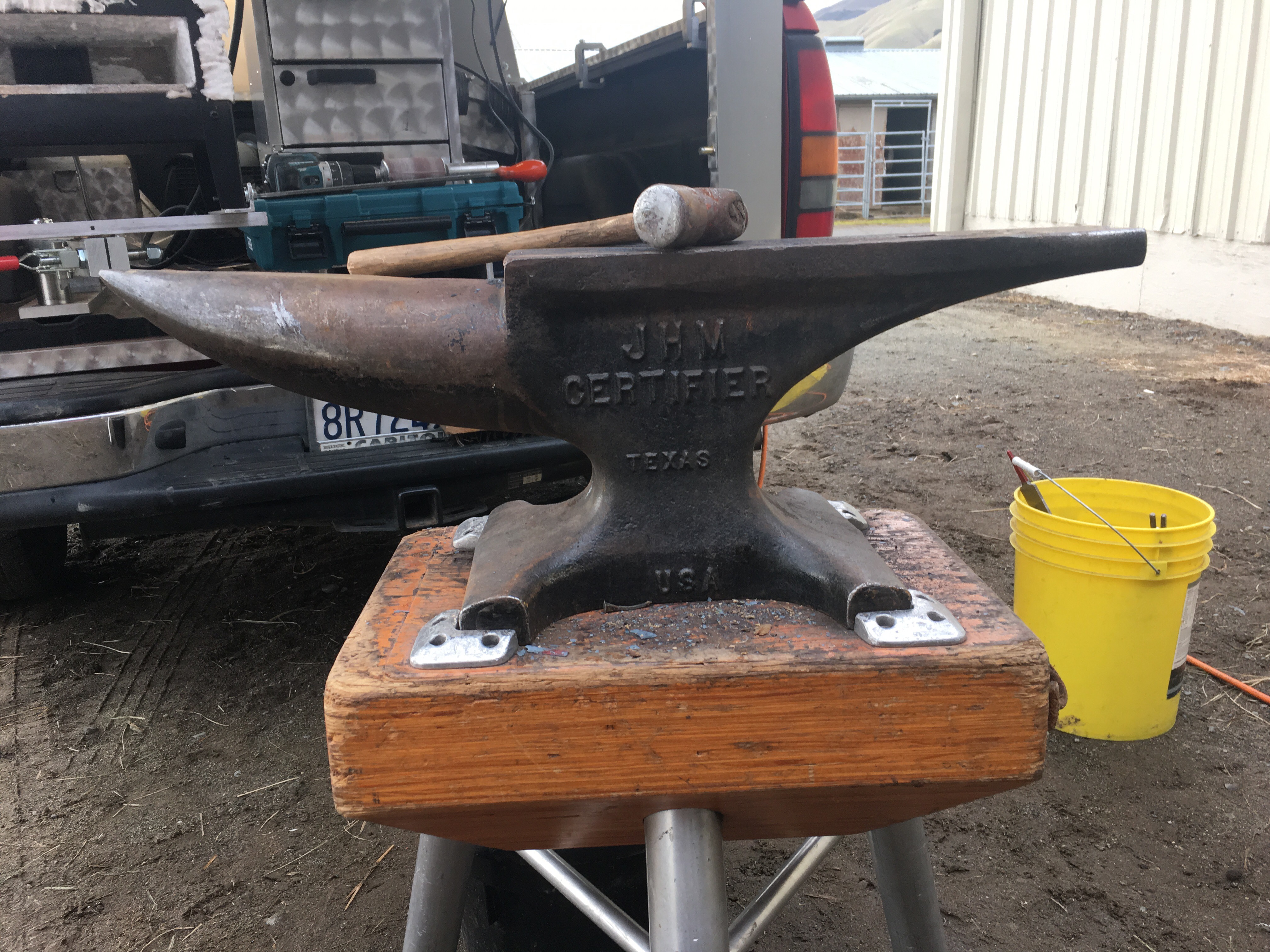
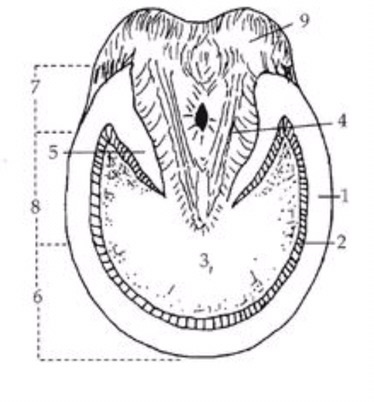

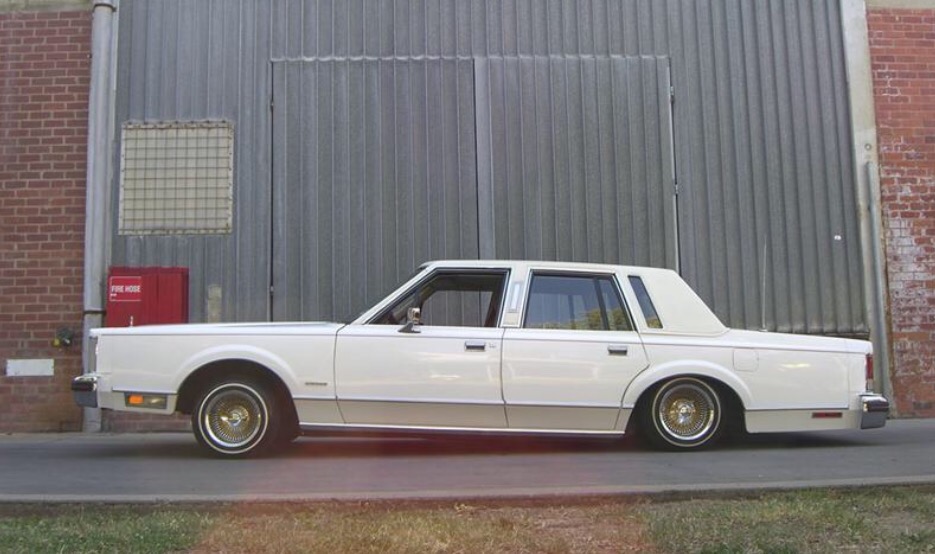


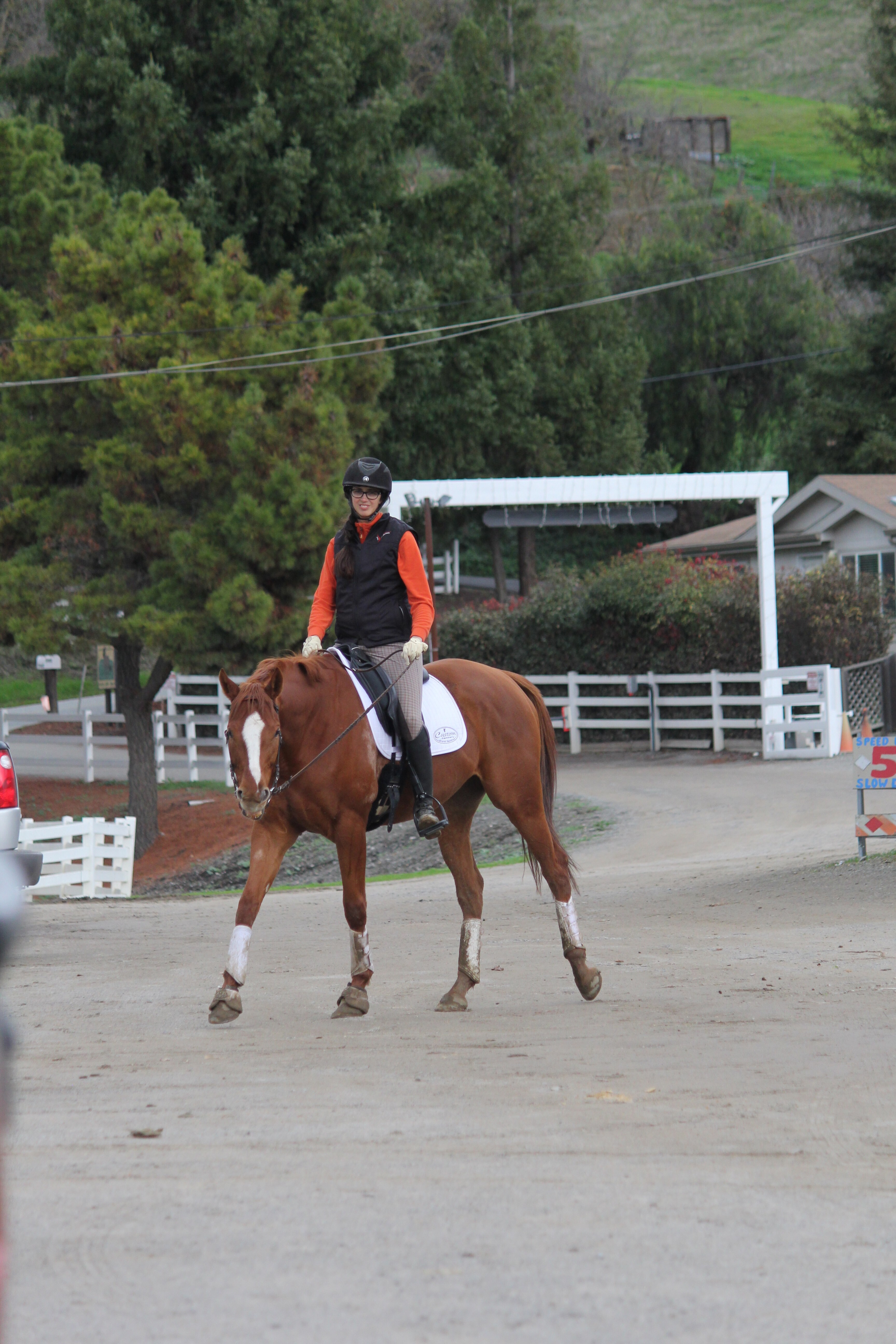
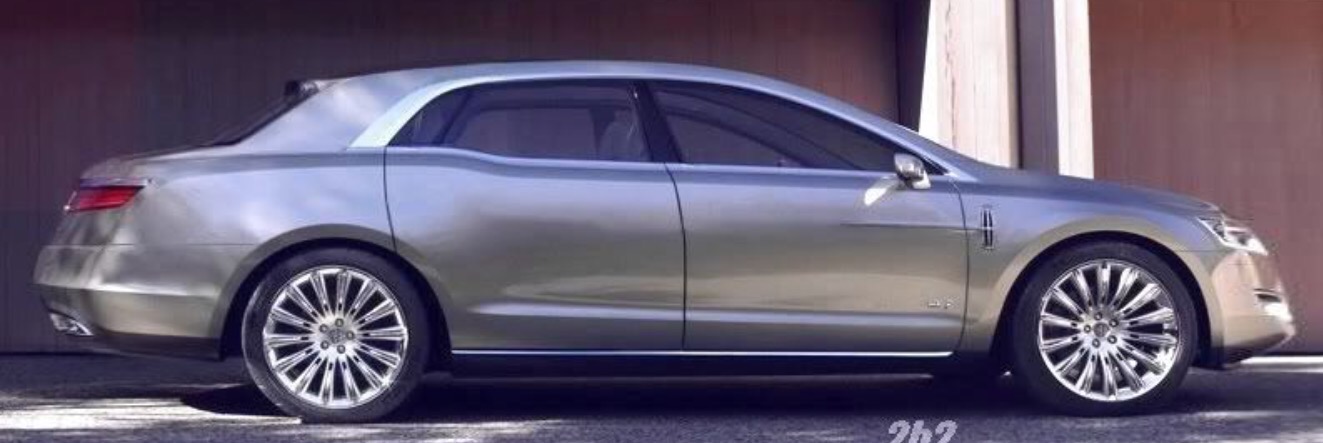
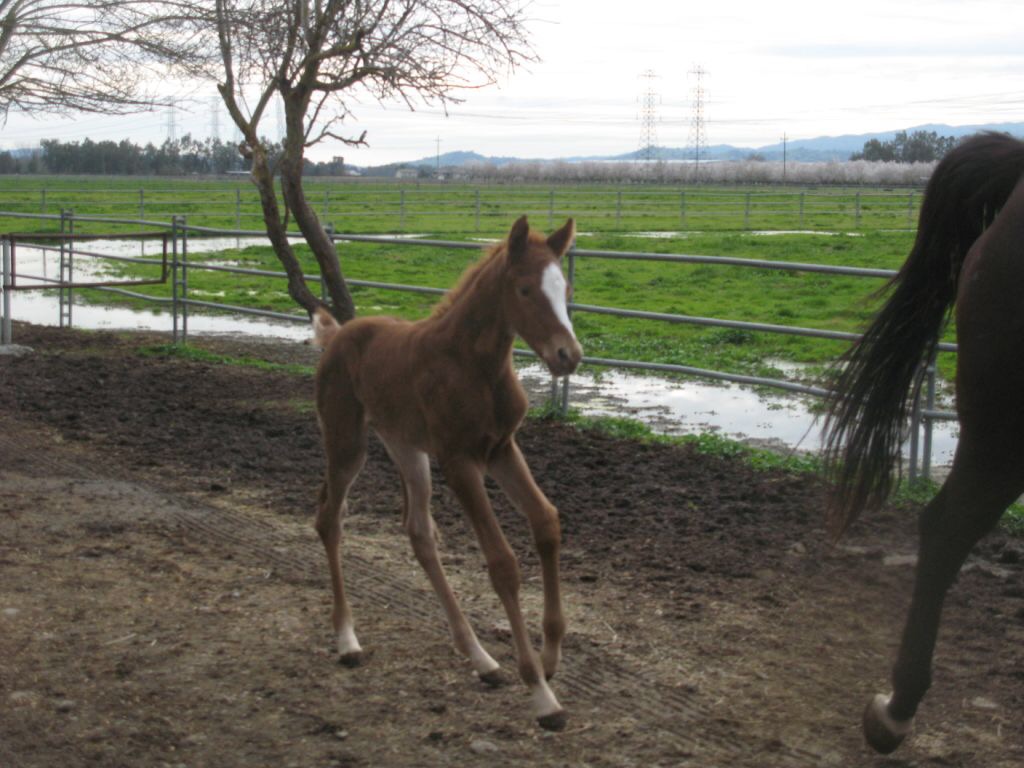
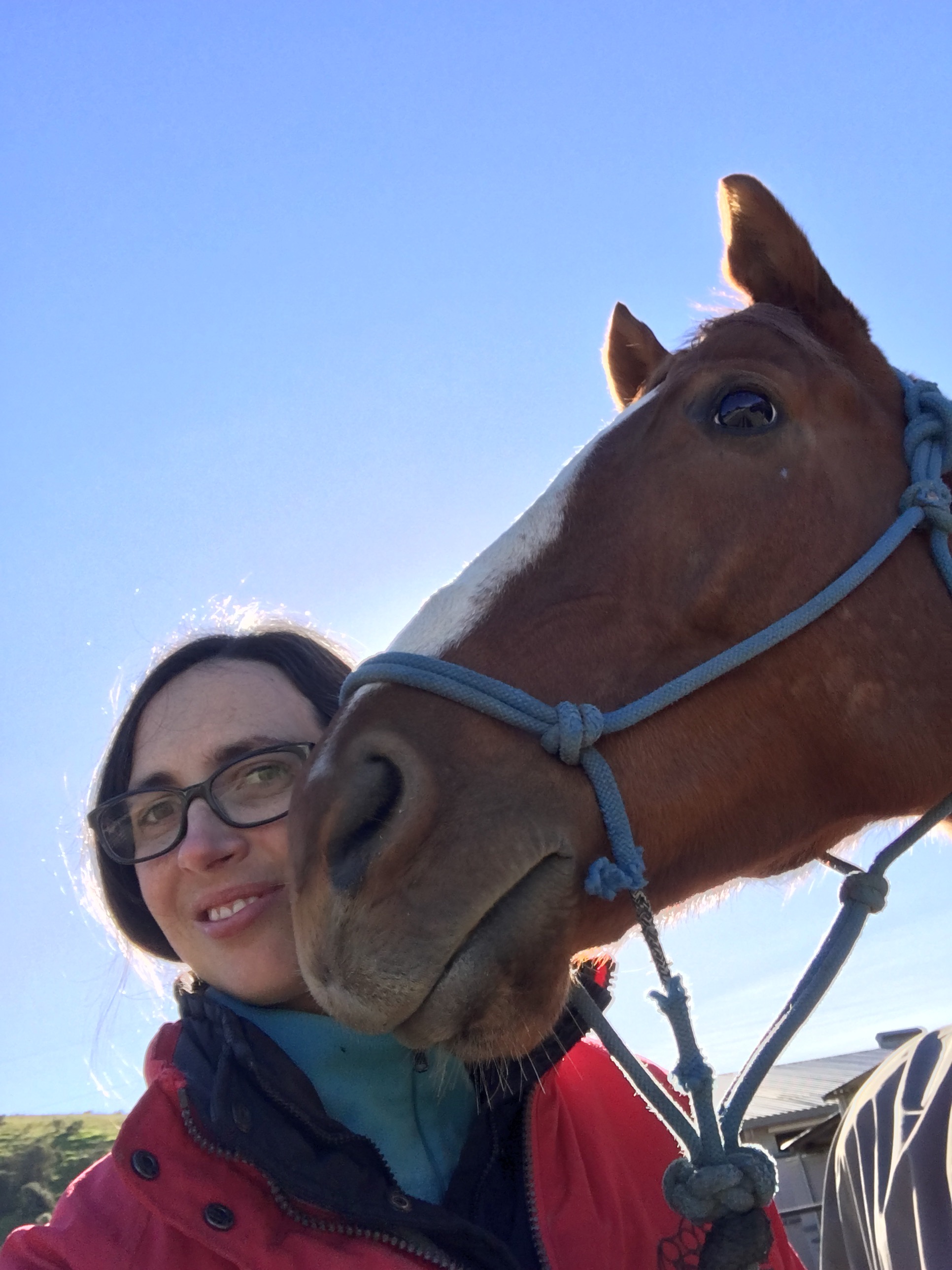
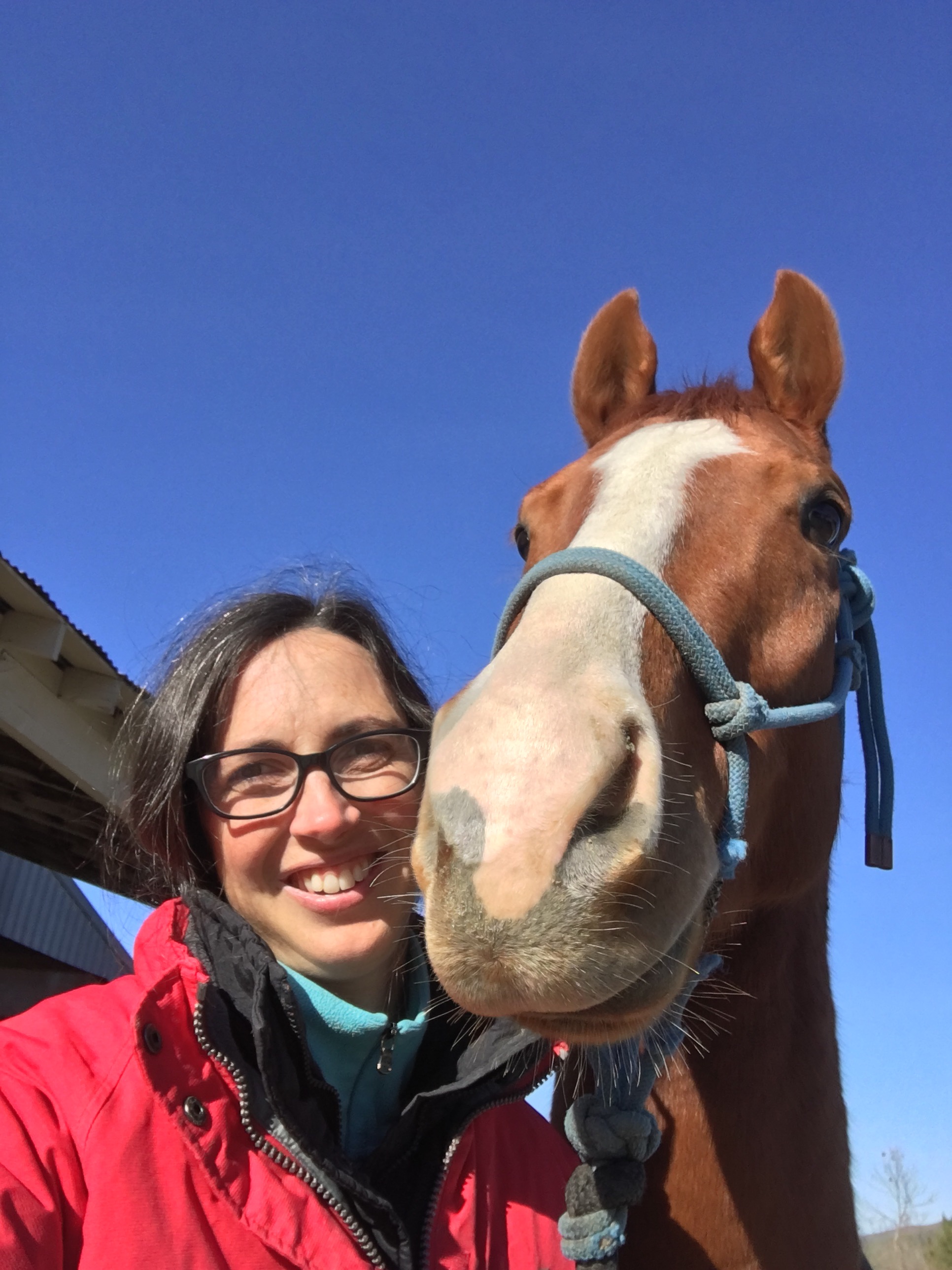 Me and Olympic Maize
Me and Olympic Maize

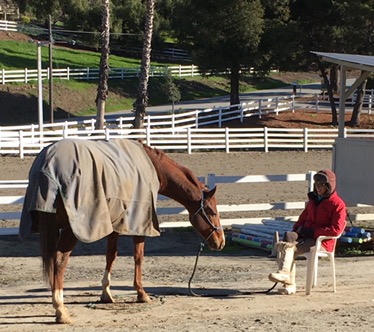
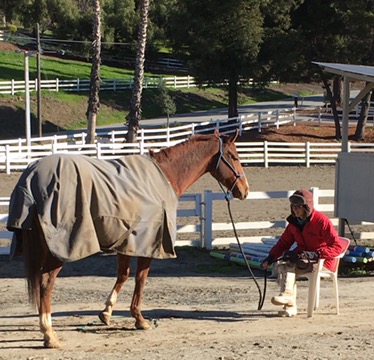
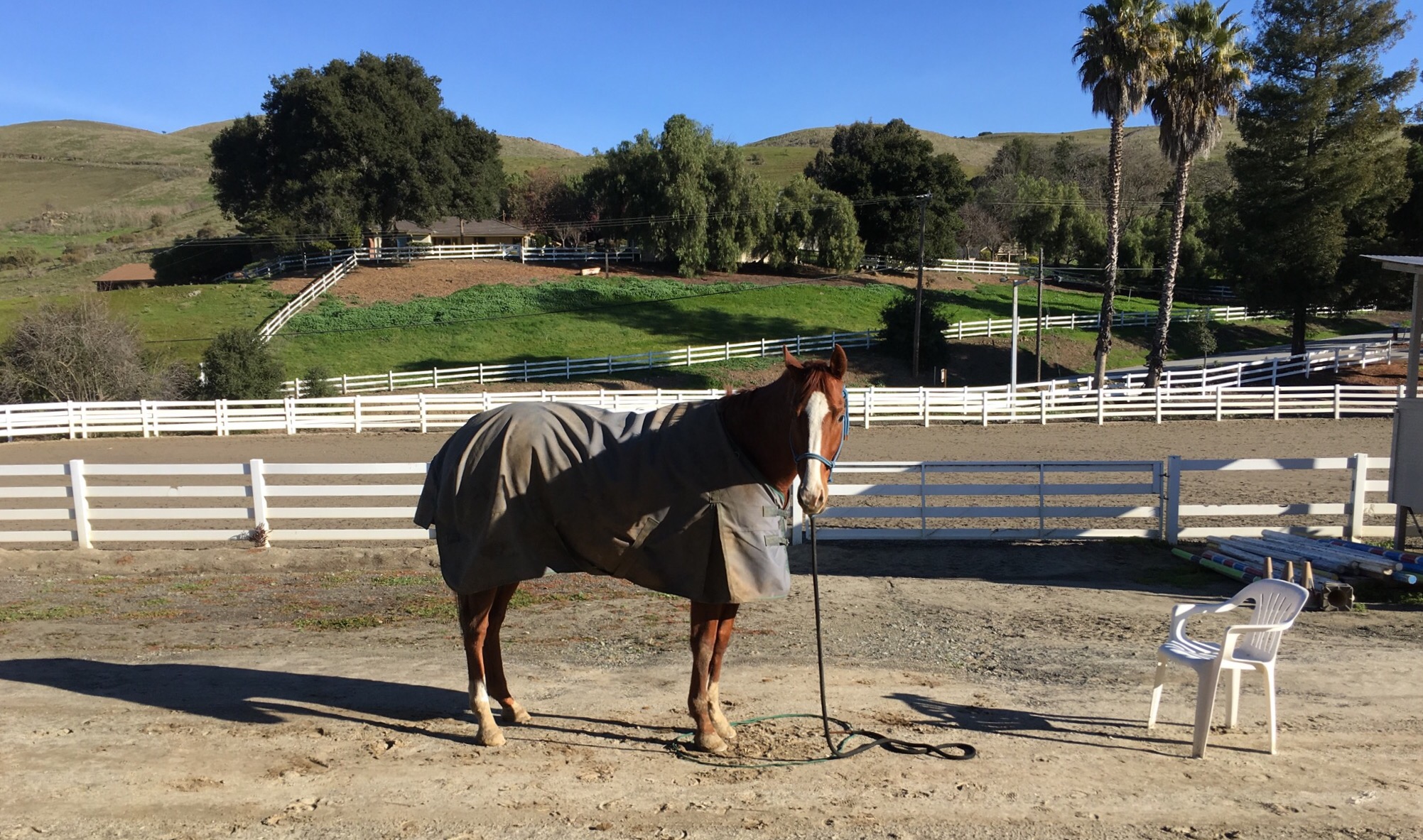

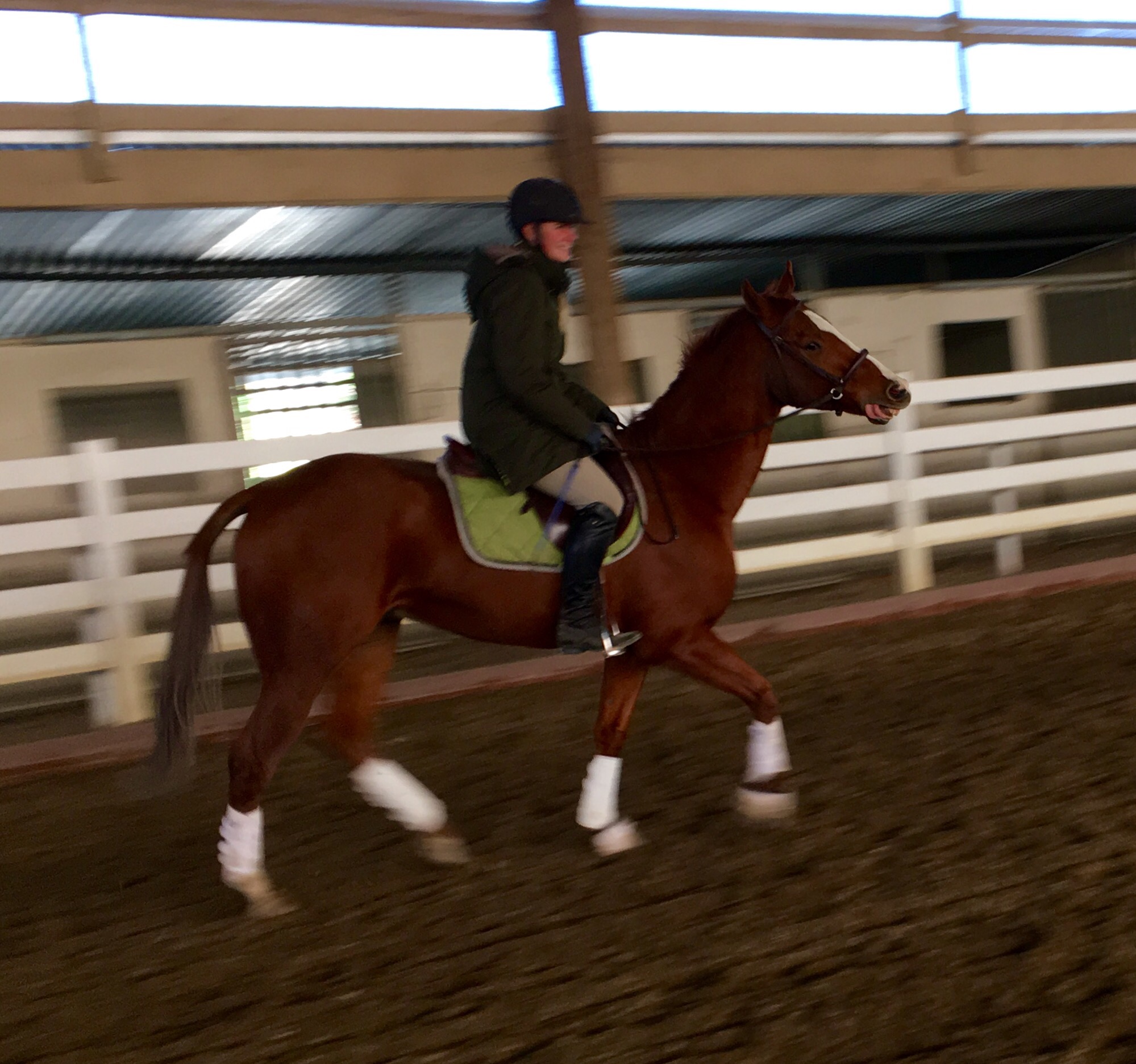


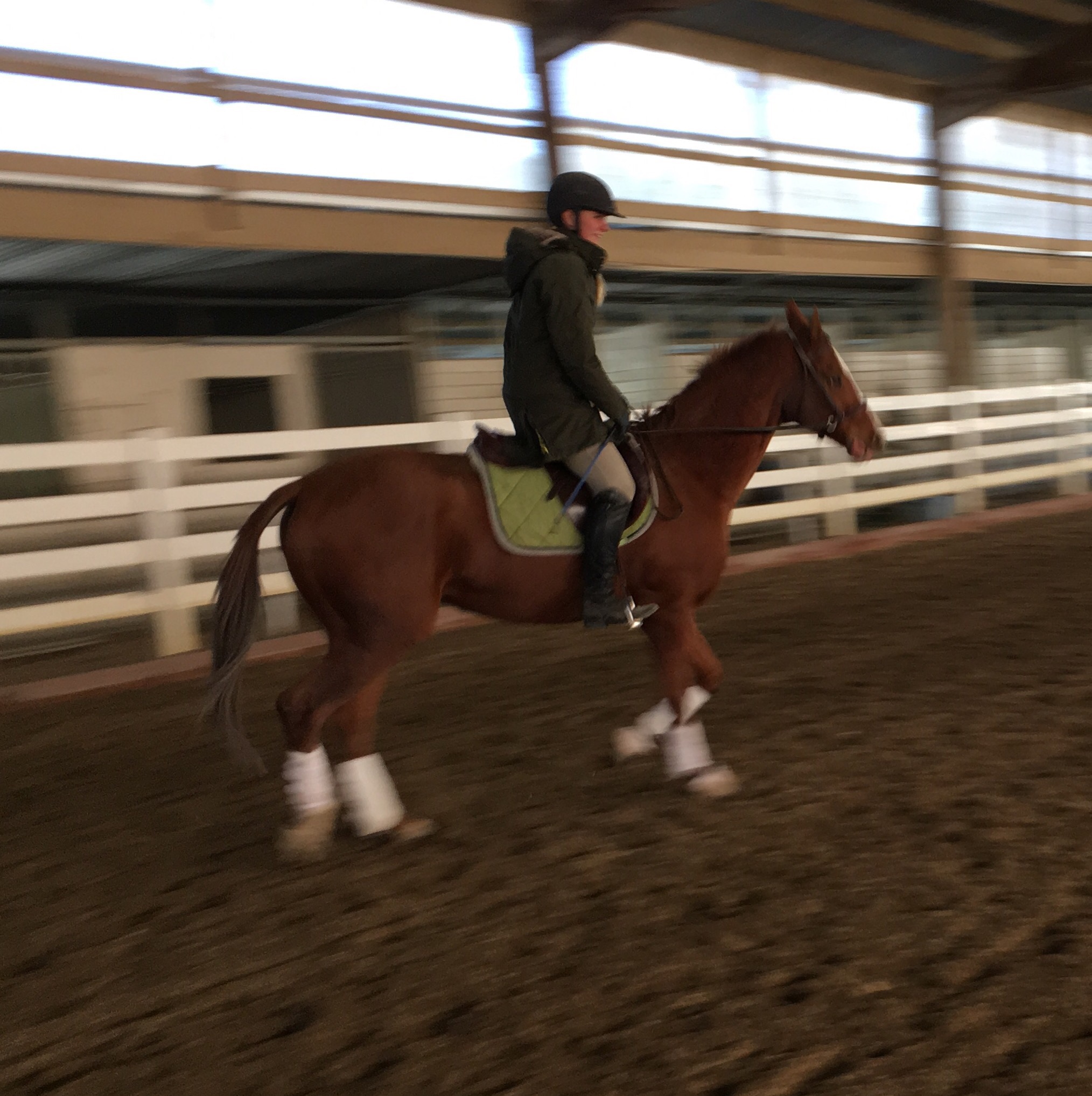
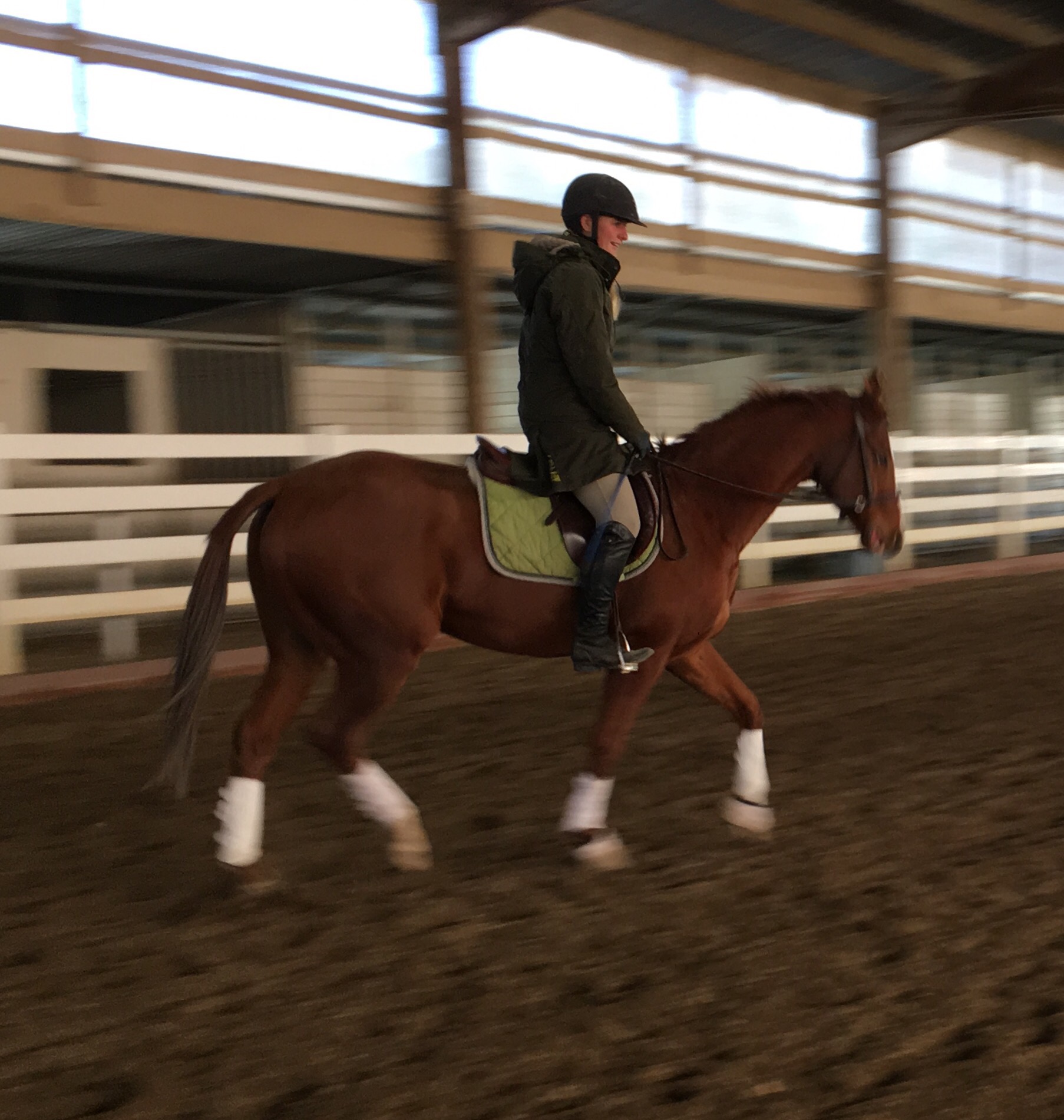

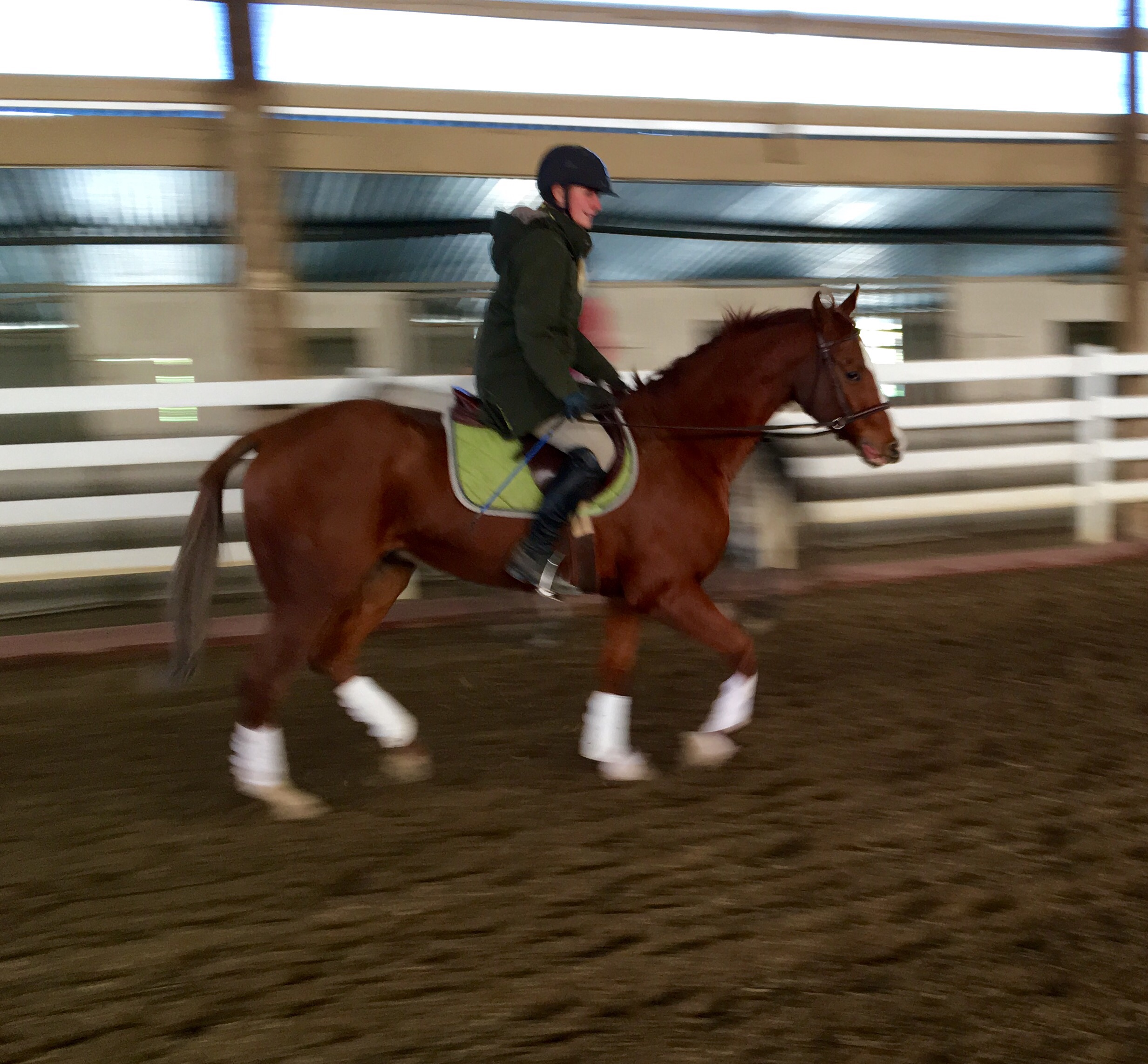
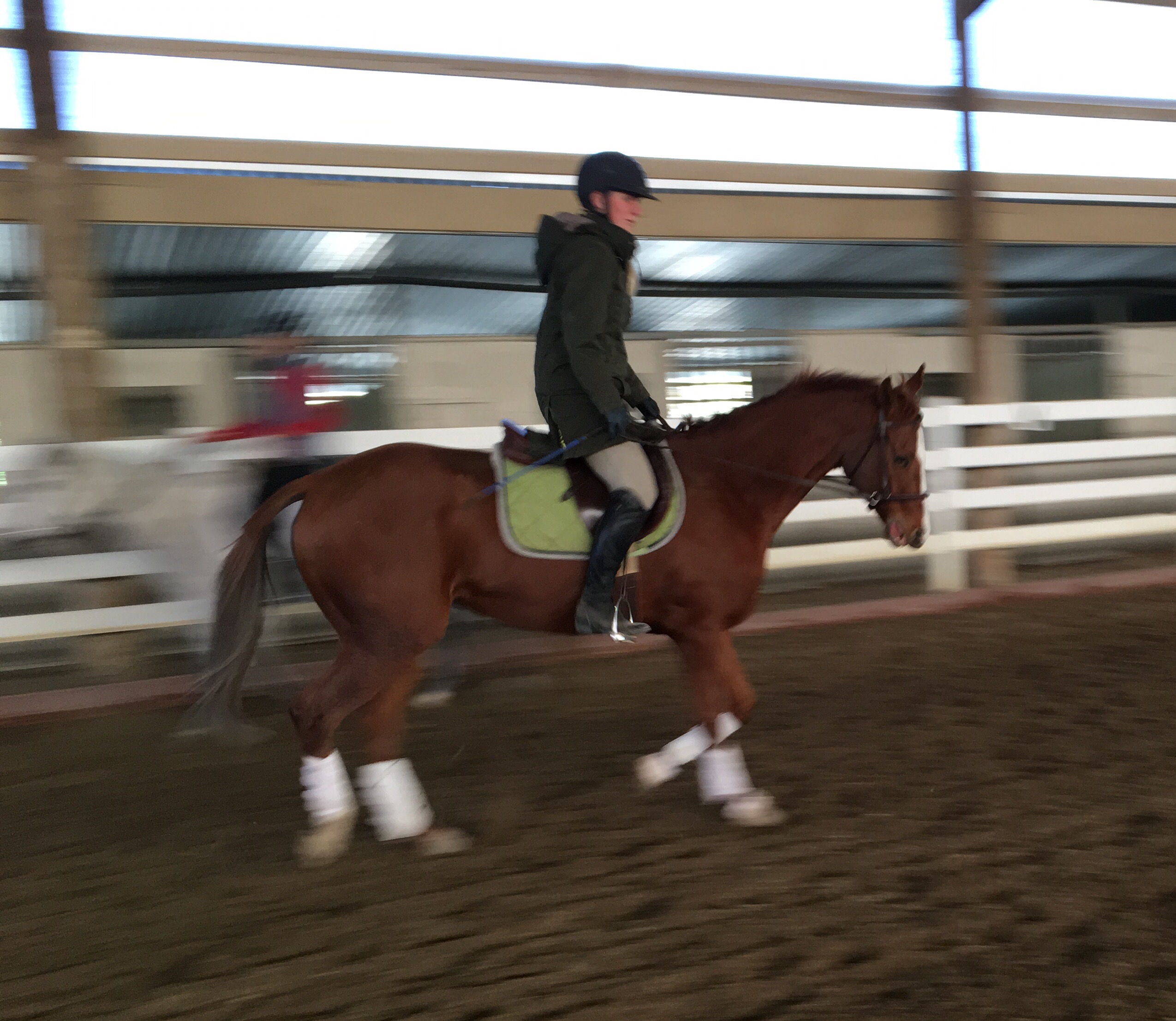
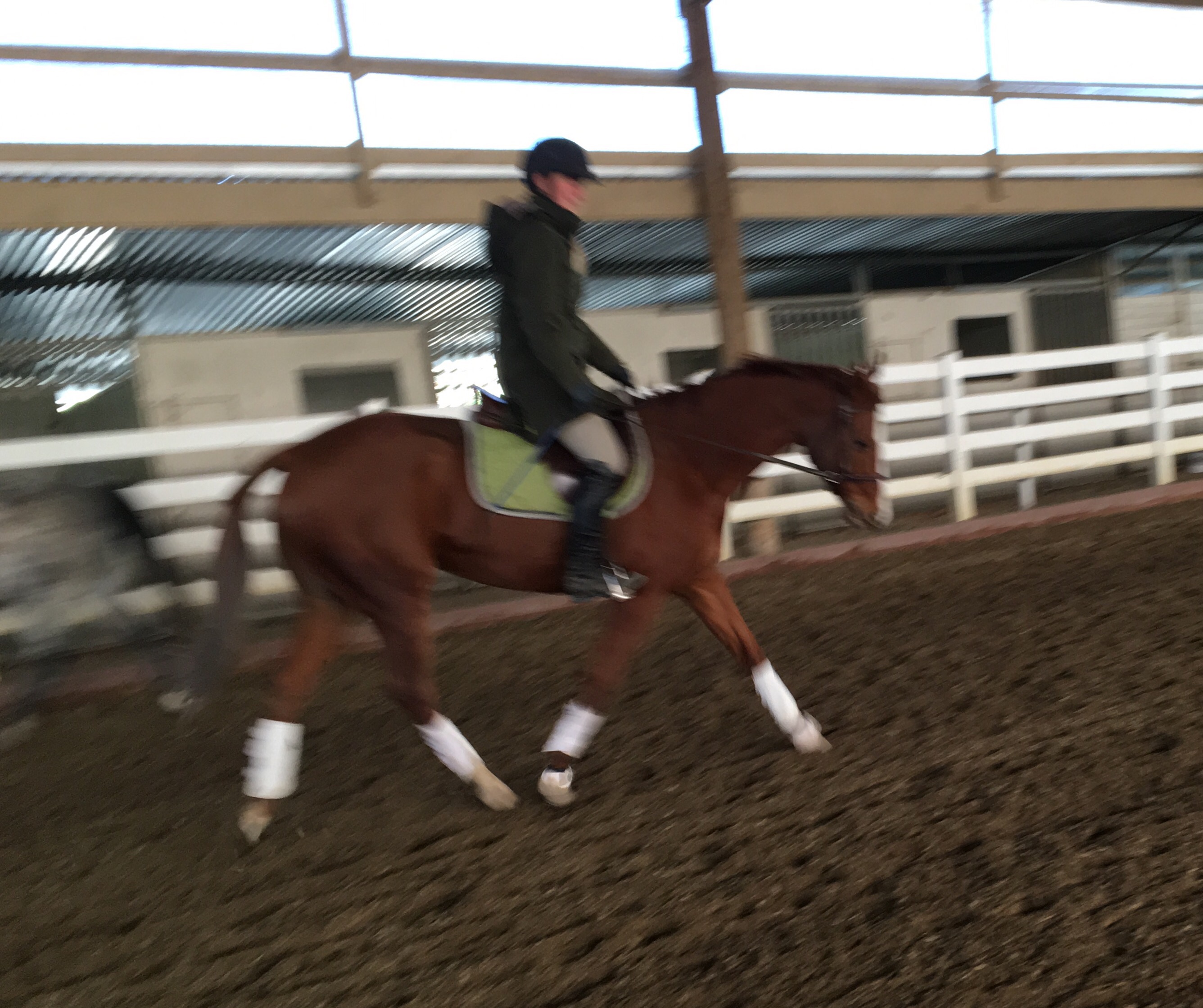
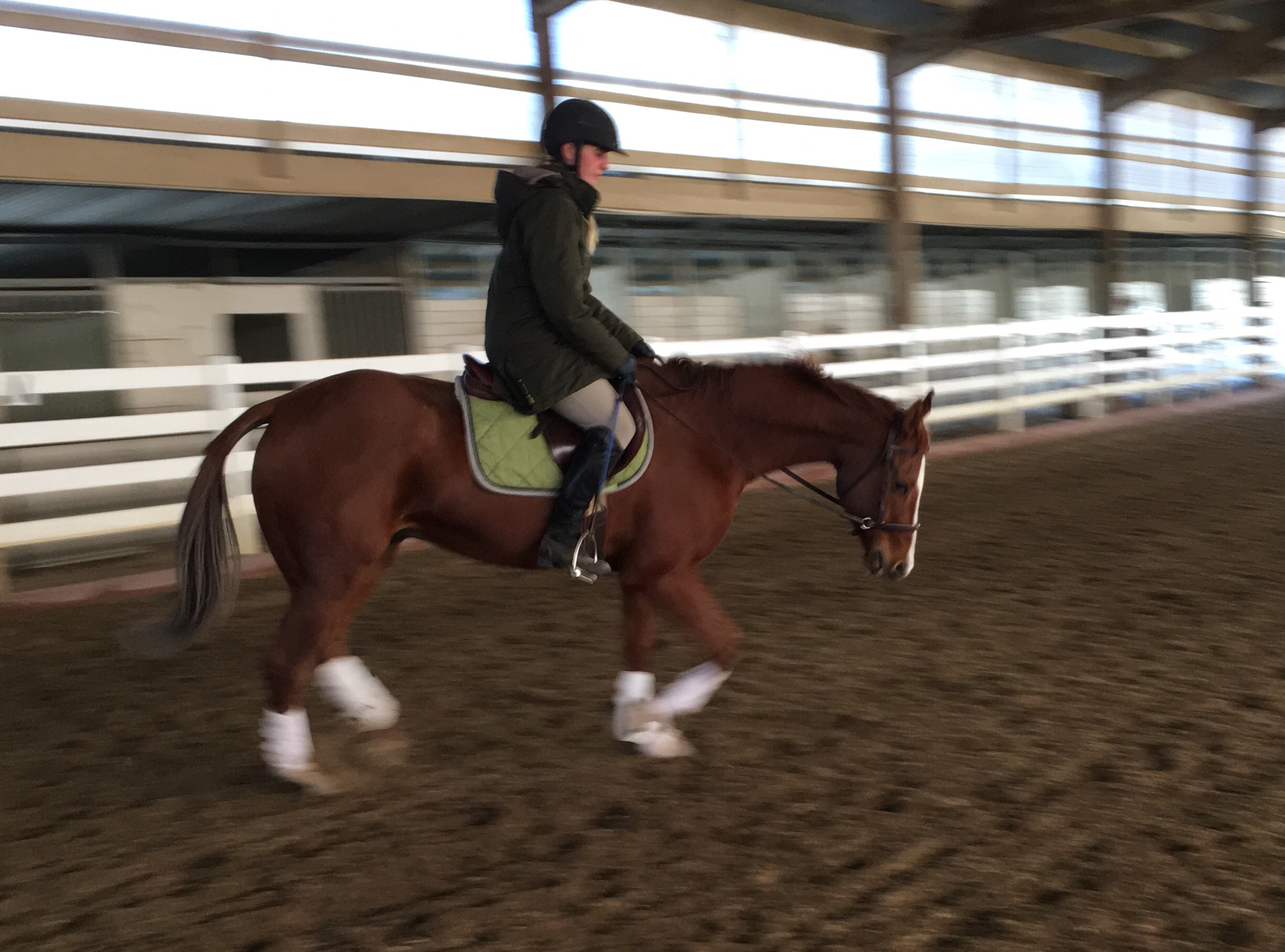
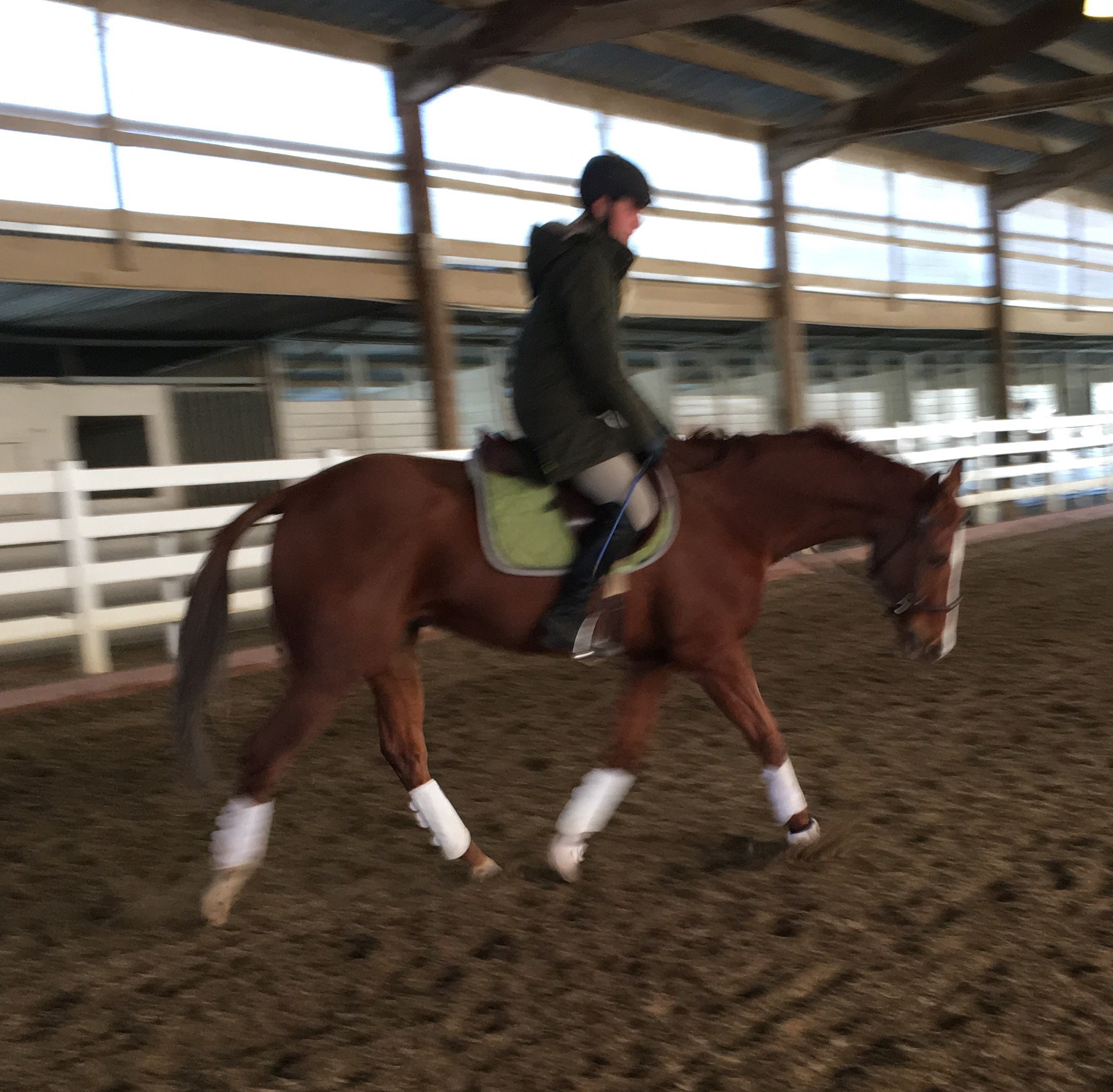
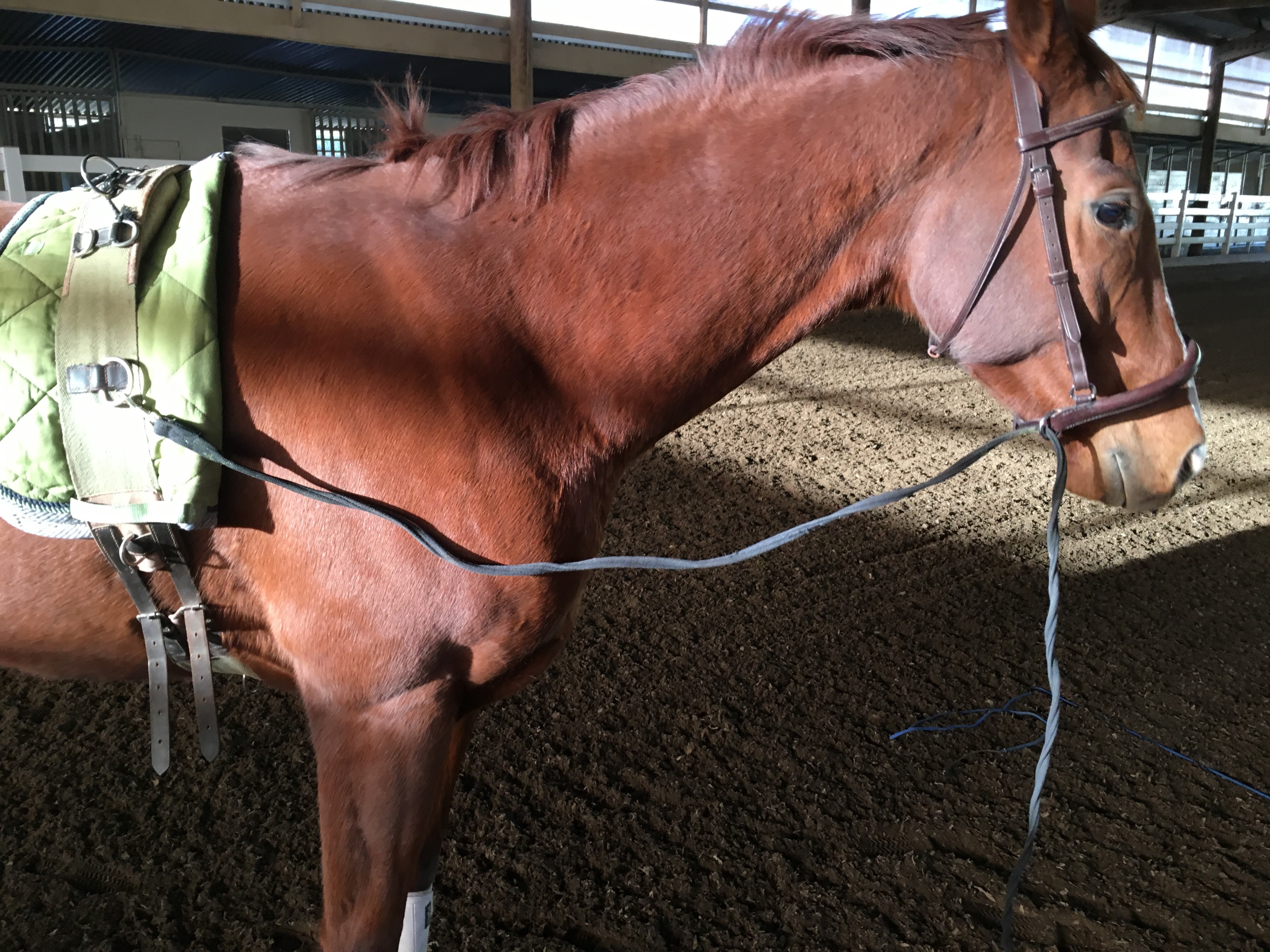
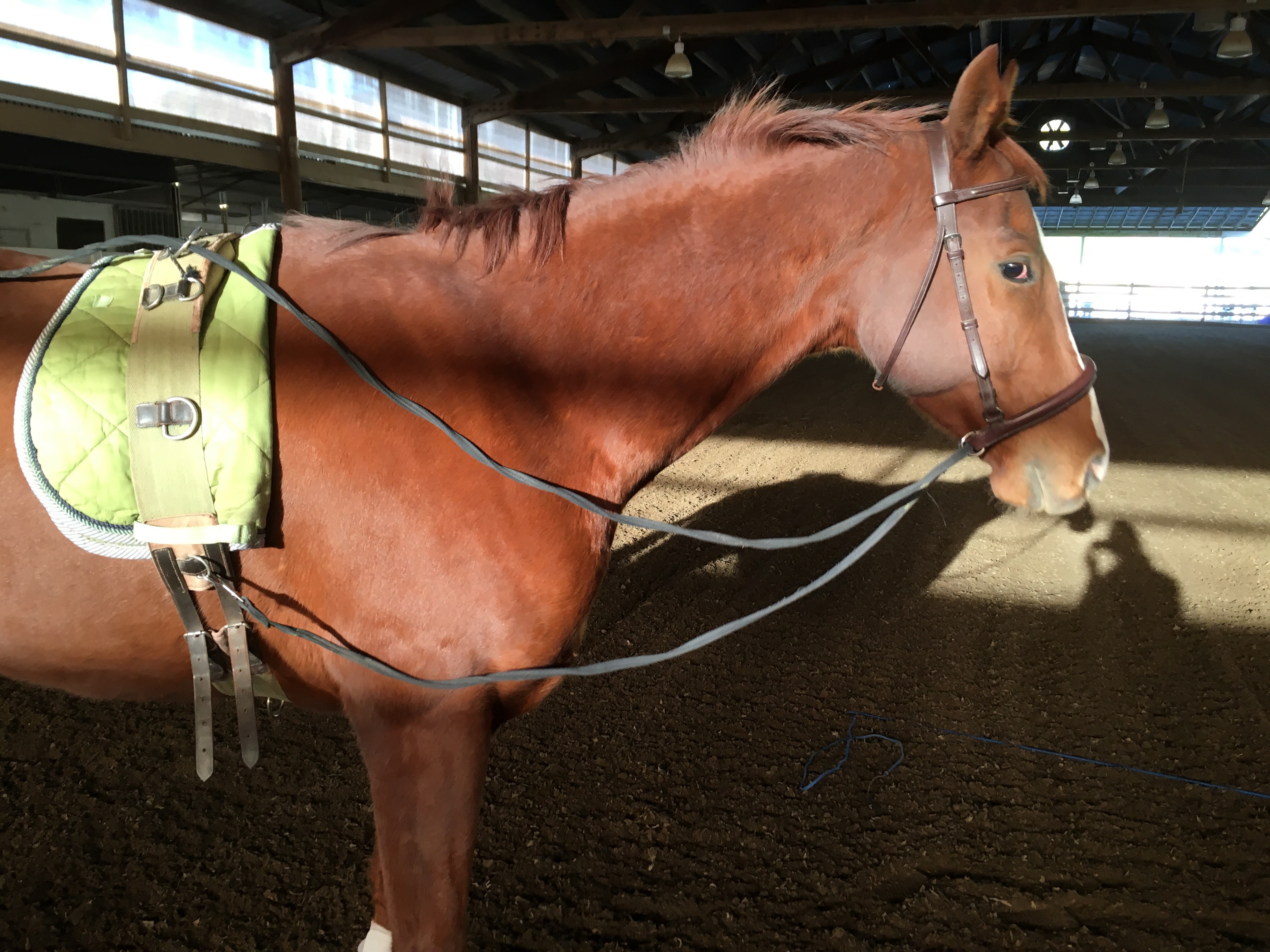
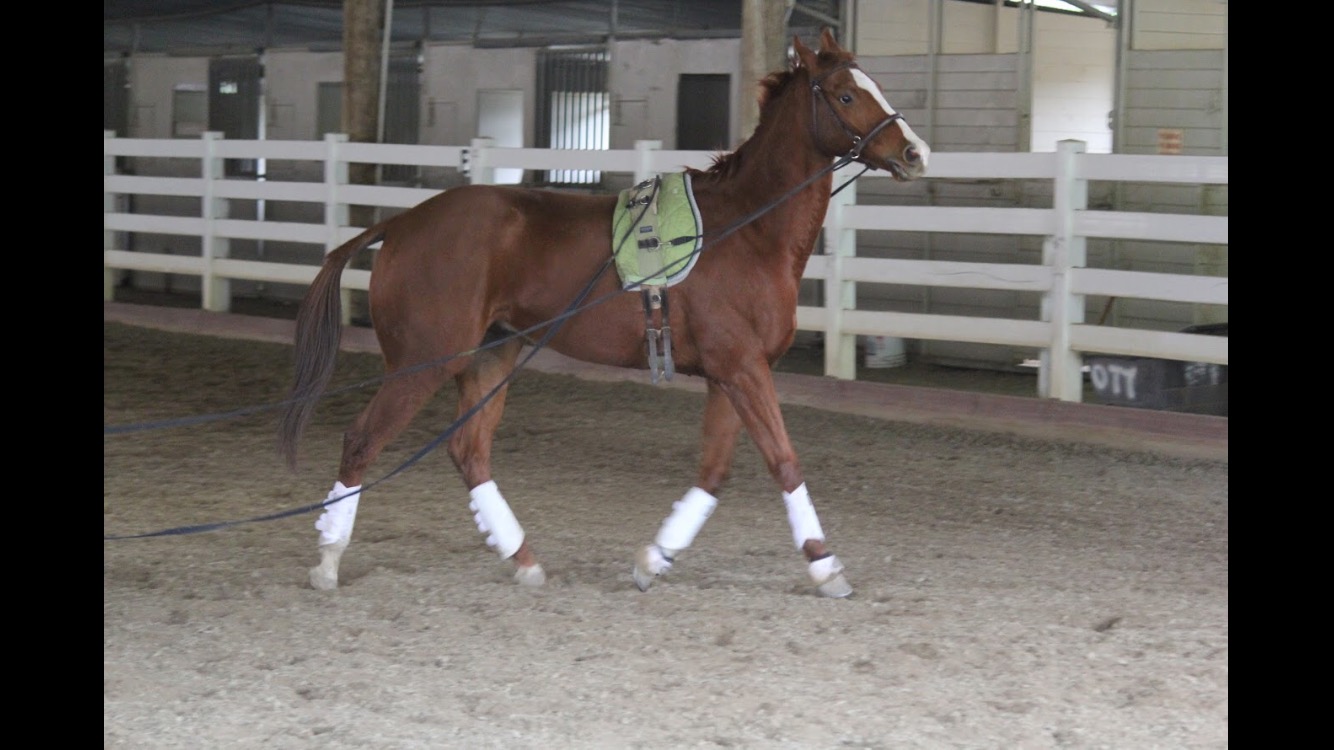 This is a picture of a hollow horse. Corny feels pressure on the bridle, pushes the bottom of his neck forward and drops his back behind the withers
This is a picture of a hollow horse. Corny feels pressure on the bridle, pushes the bottom of his neck forward and drops his back behind the withers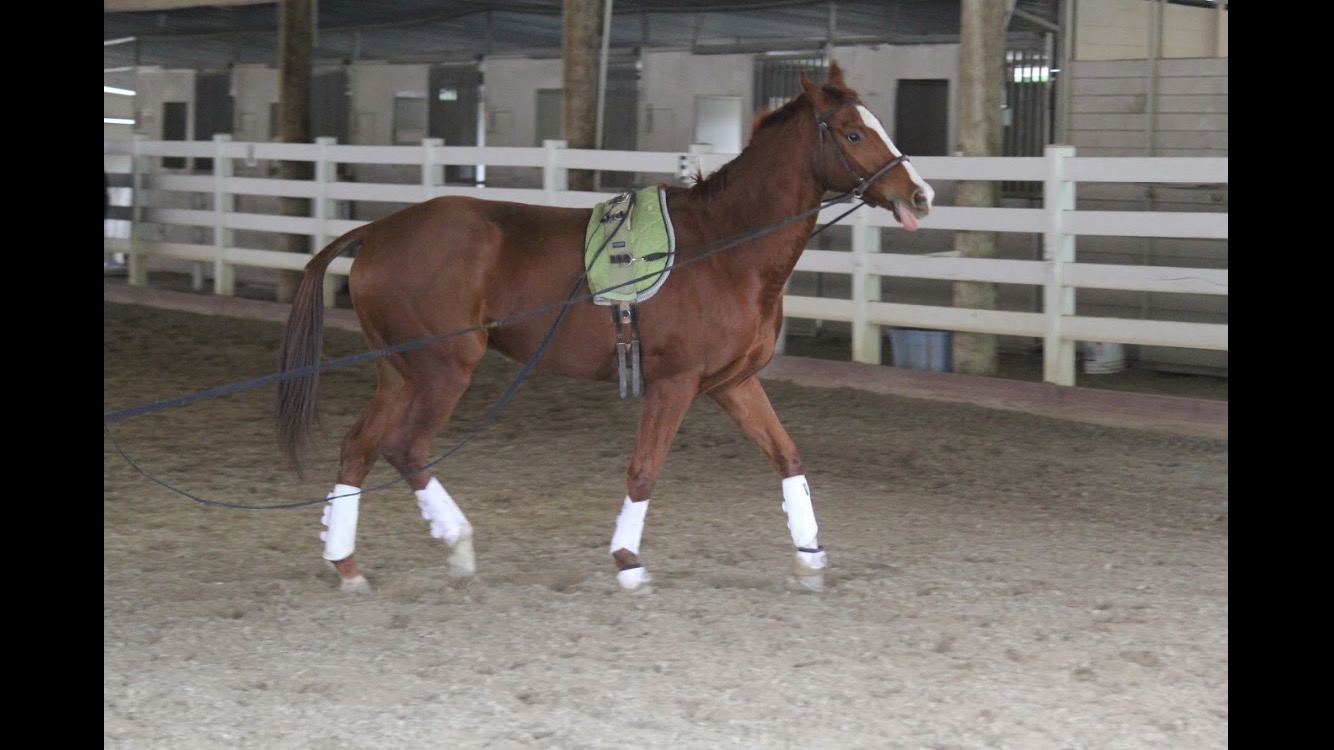 Corny is still fighting the pressure though maybe his head isn’t so high now. His stress indicator is now showing (his tongue)
Corny is still fighting the pressure though maybe his head isn’t so high now. His stress indicator is now showing (his tongue)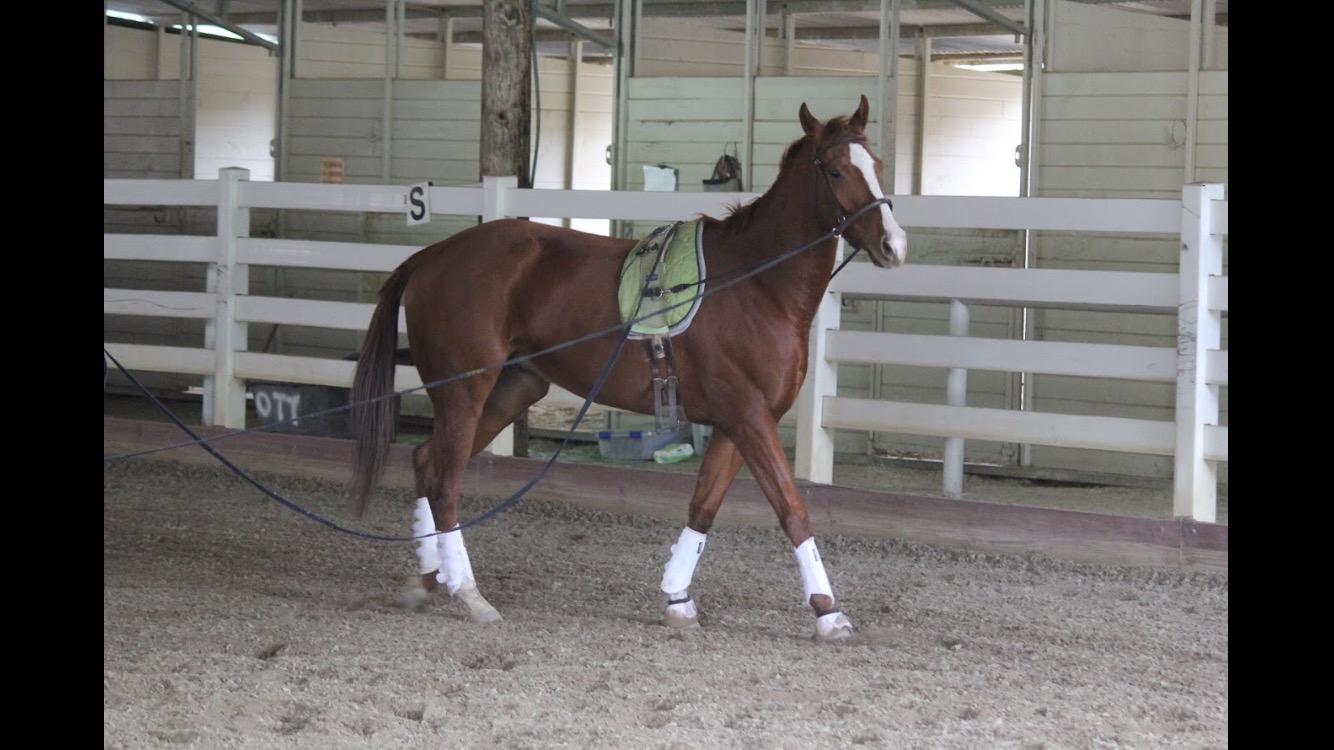 Corny is beginning to experiment by taking his head a bit laterally to yield to the rein pressure
Corny is beginning to experiment by taking his head a bit laterally to yield to the rein pressure

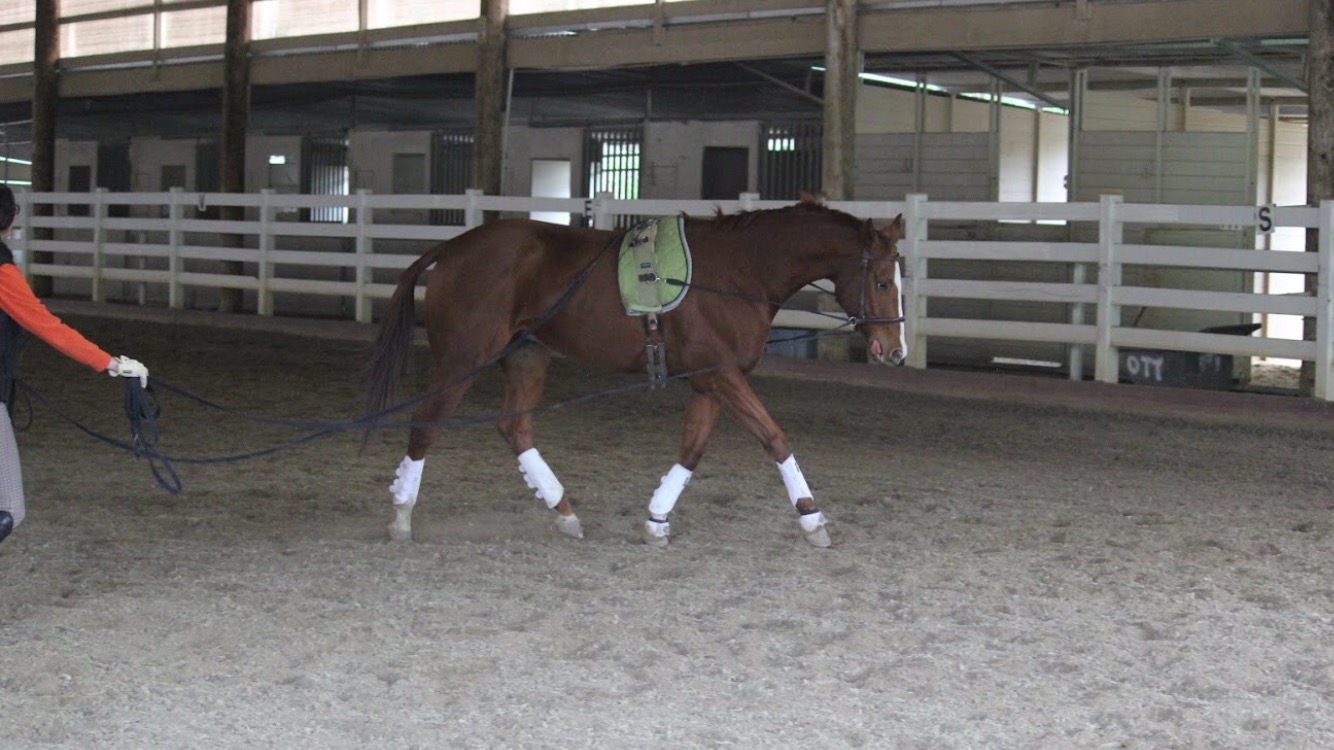

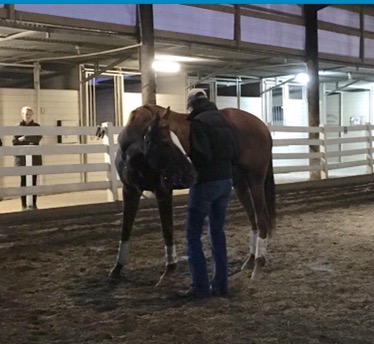
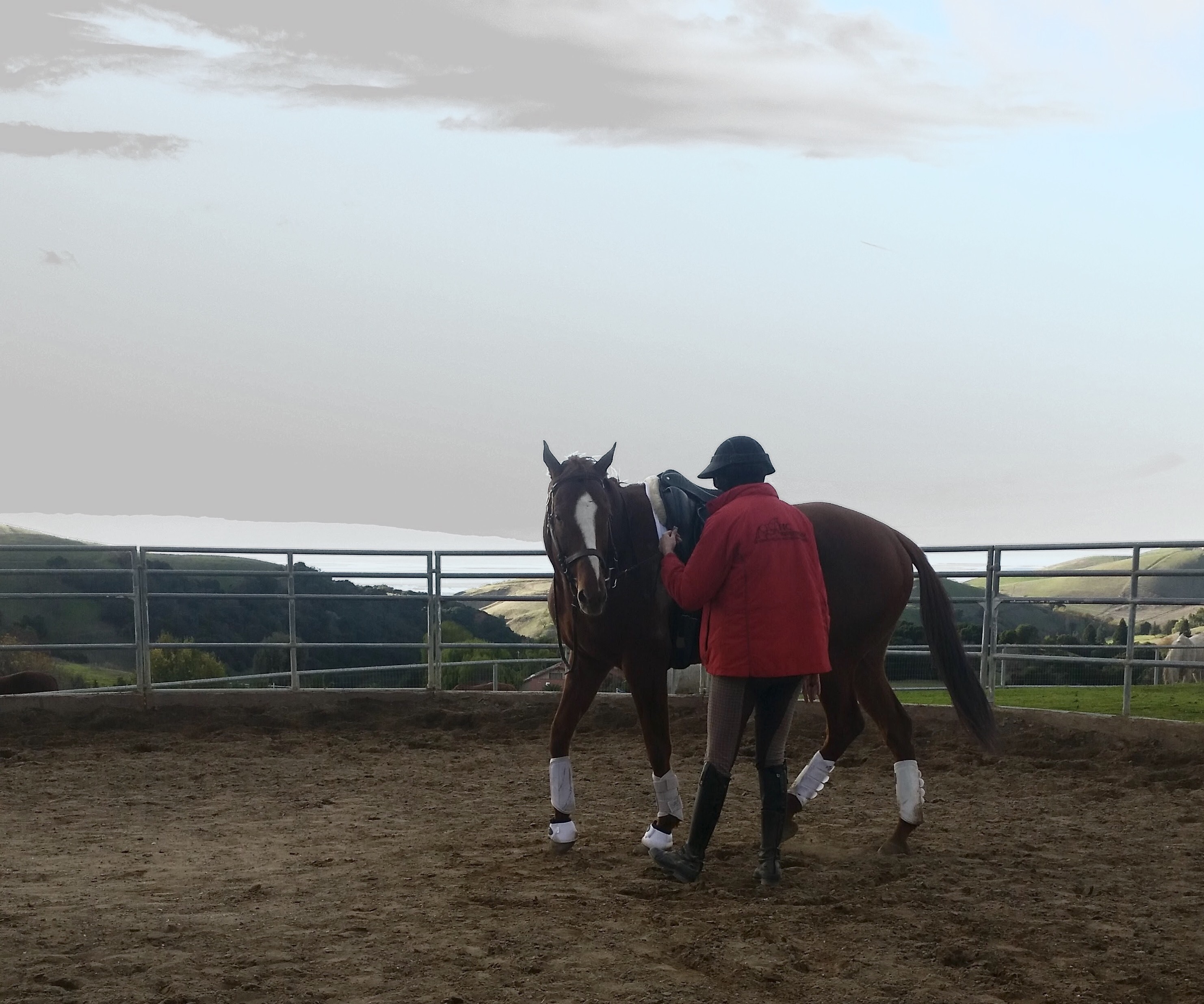

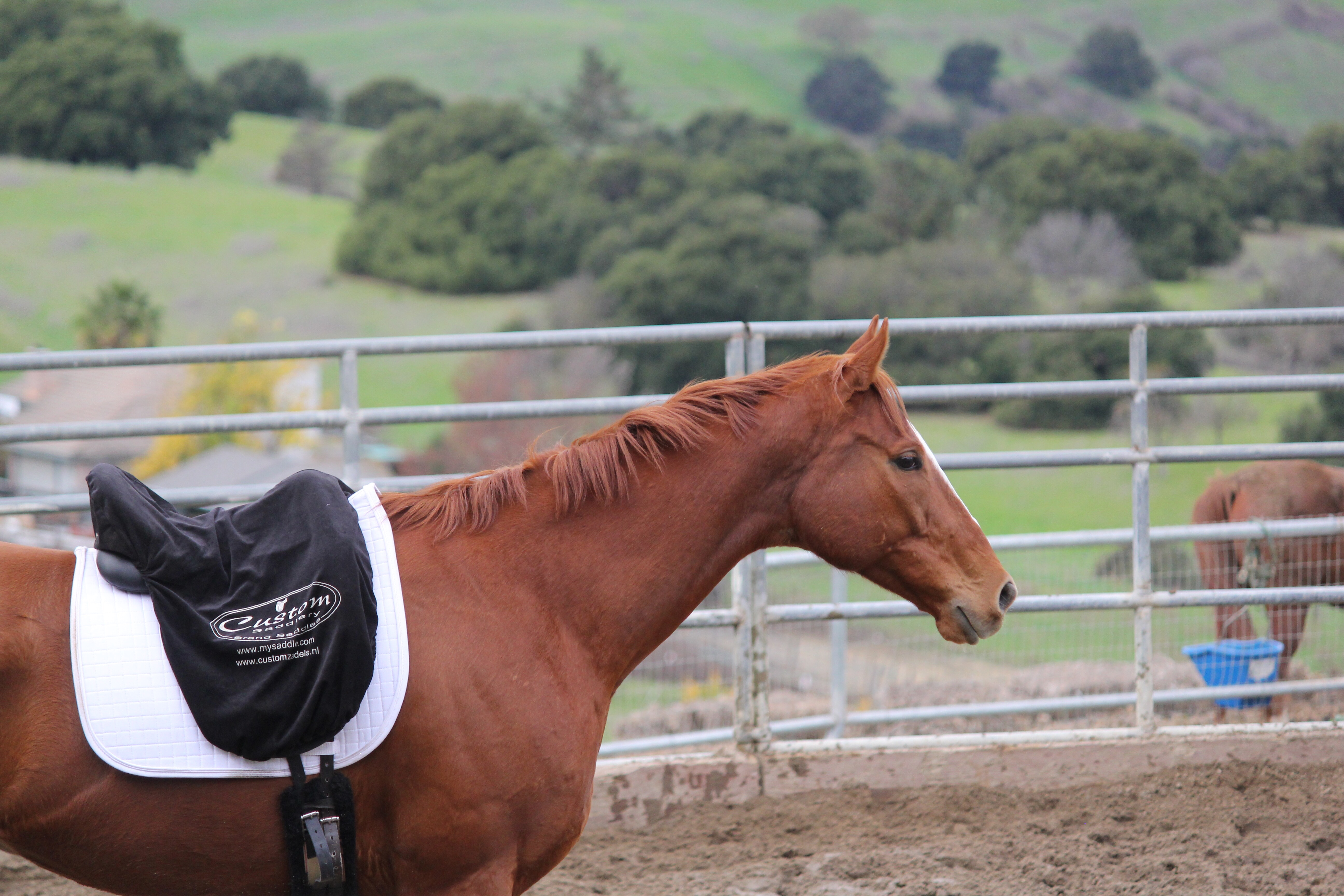
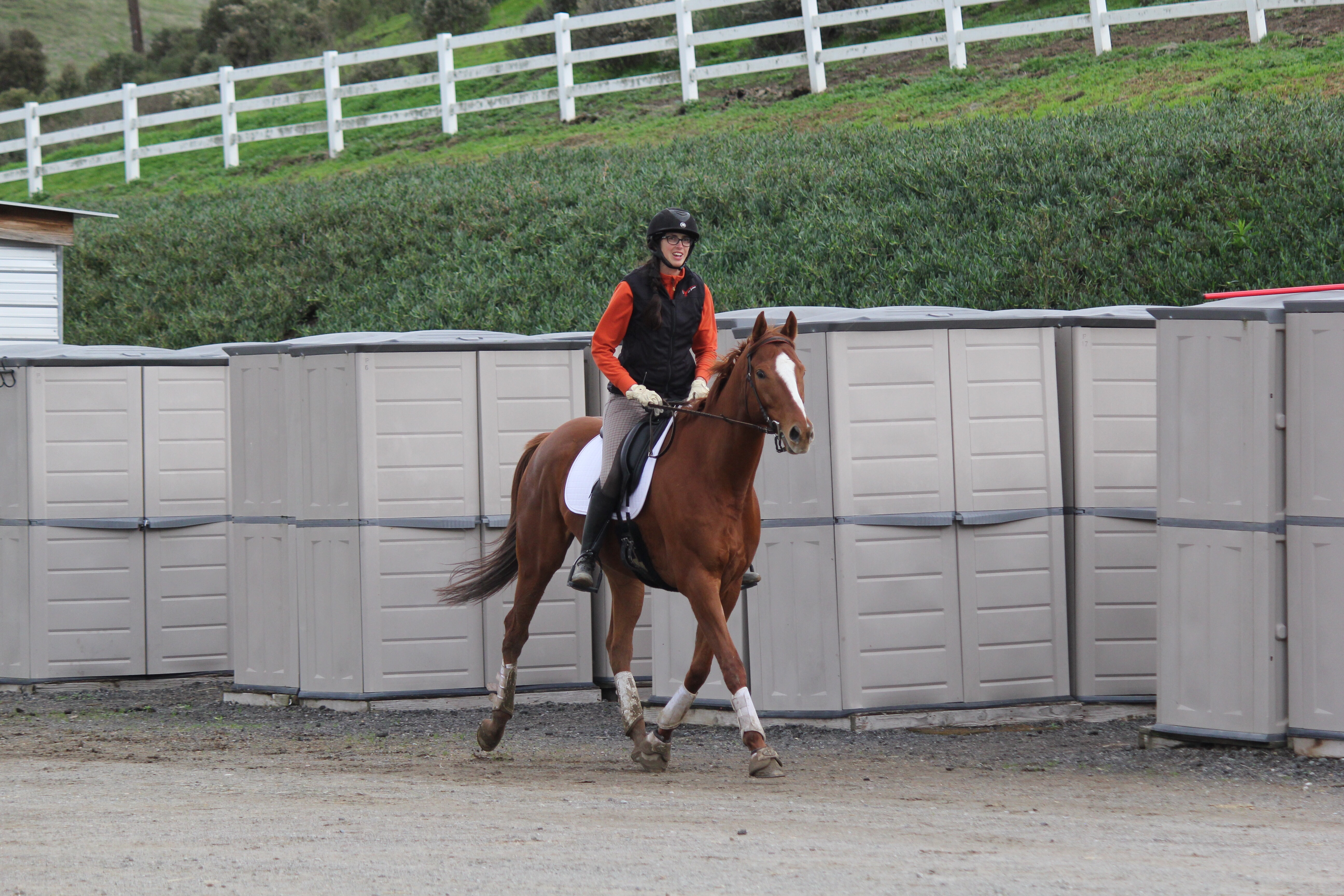 My first trot with Blue
My first trot with Blue